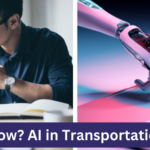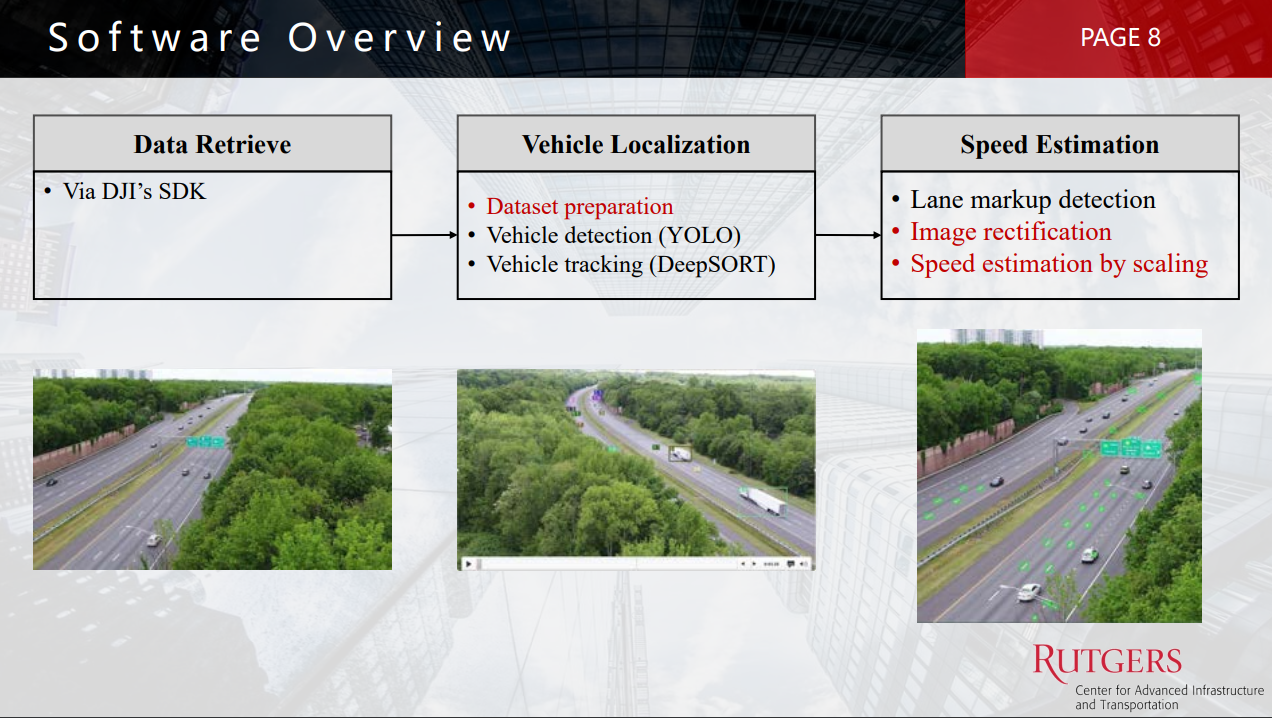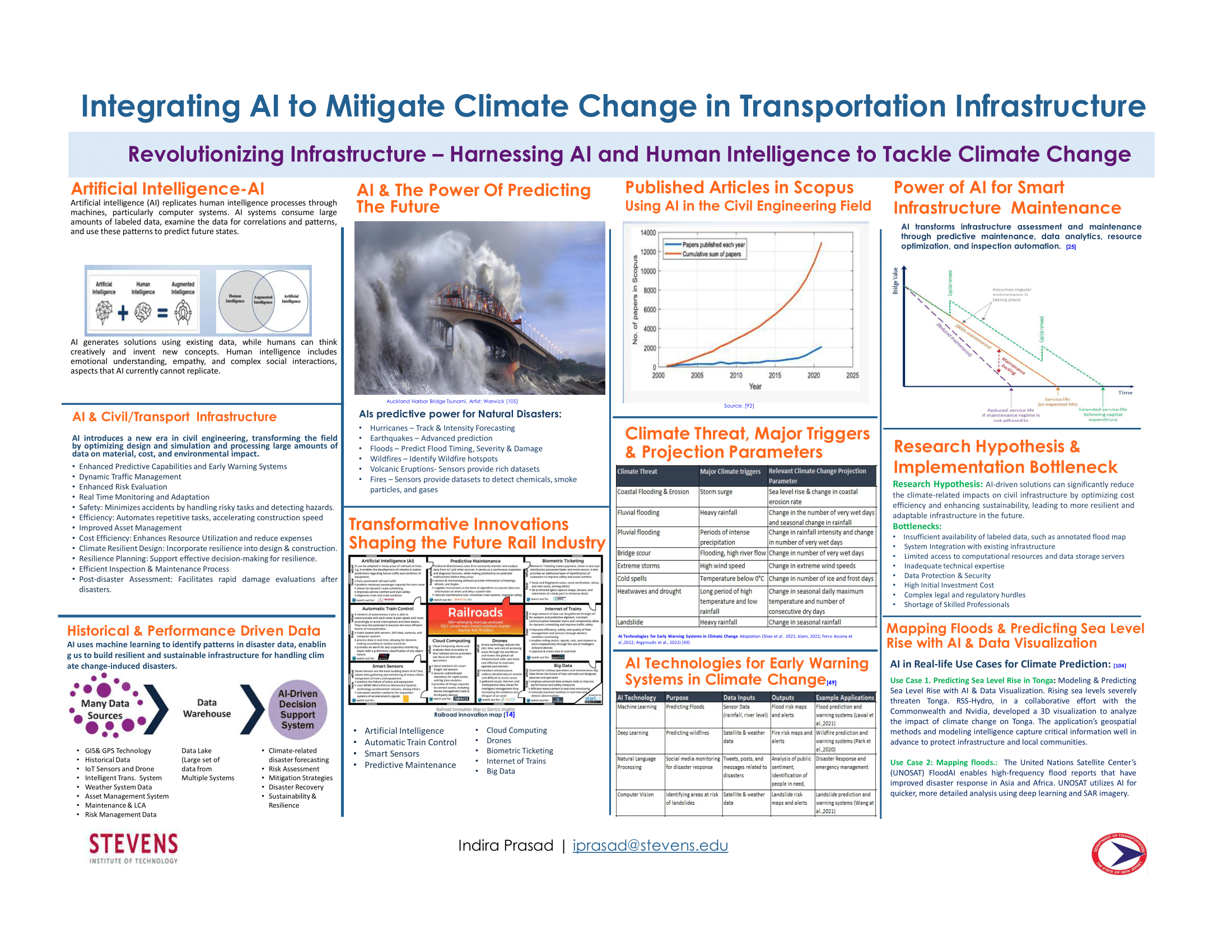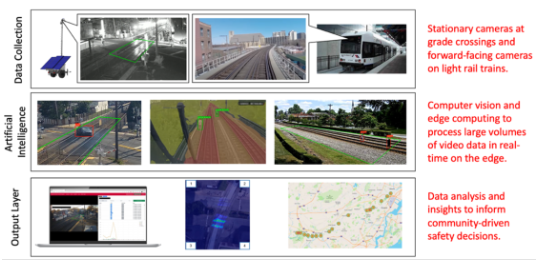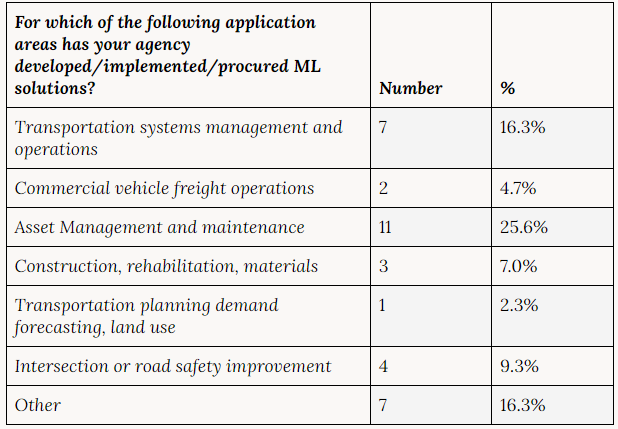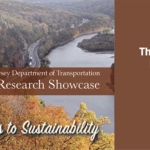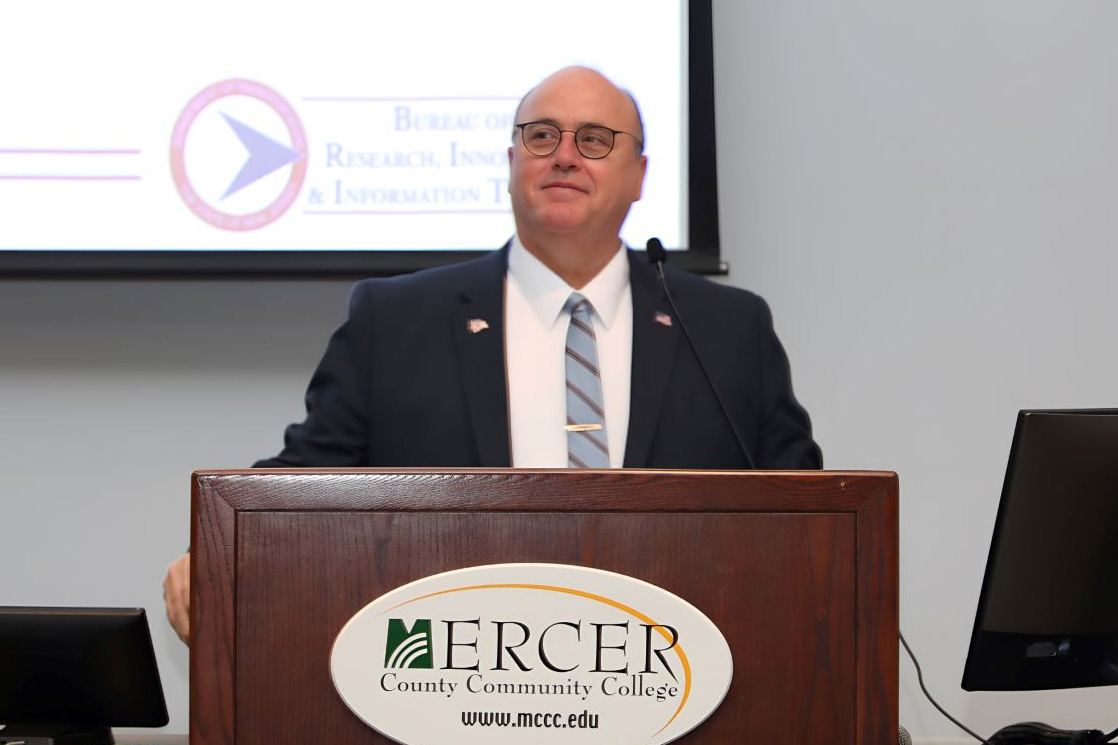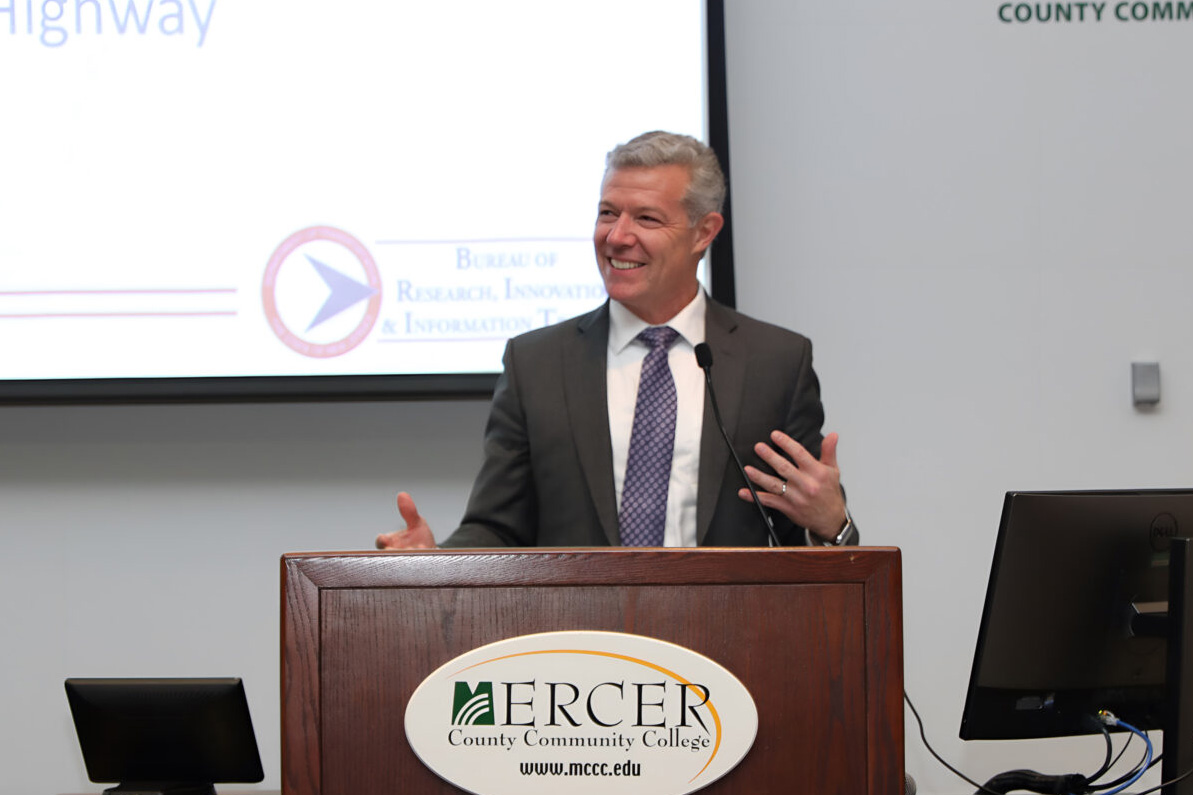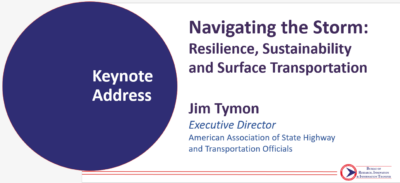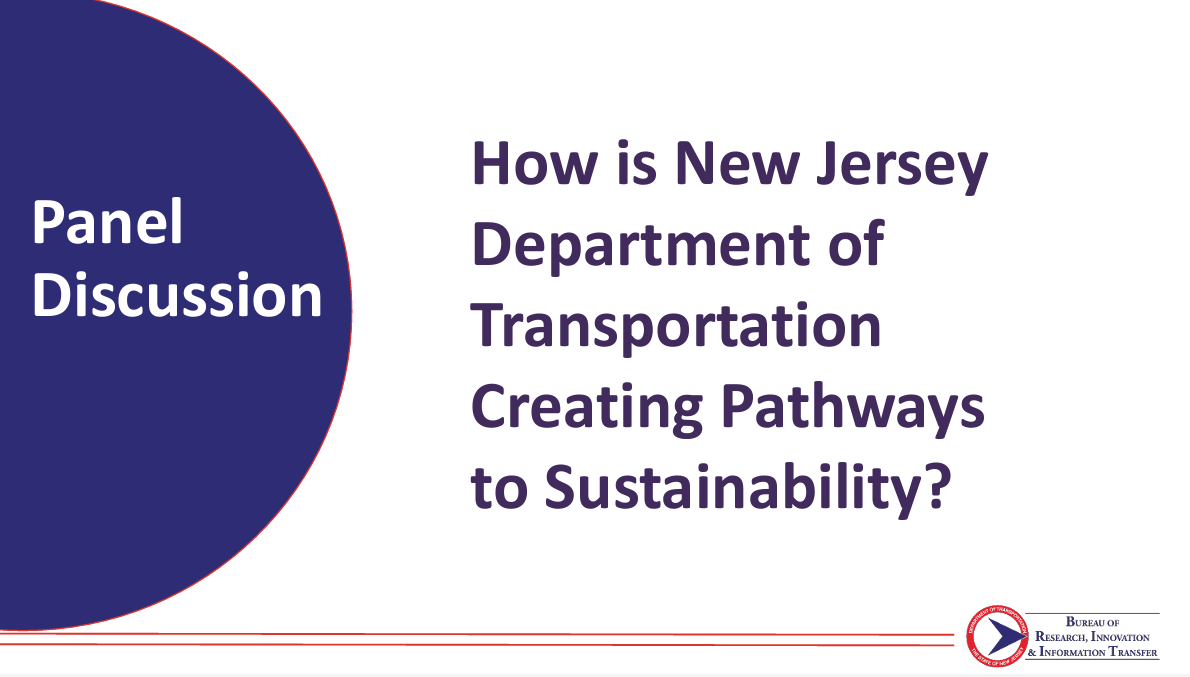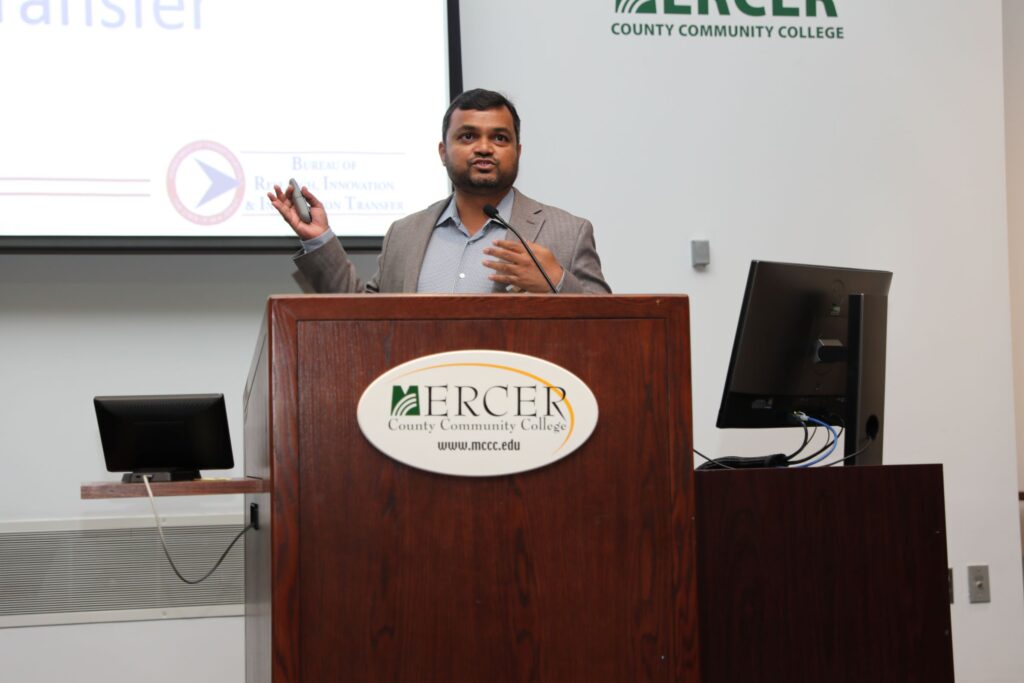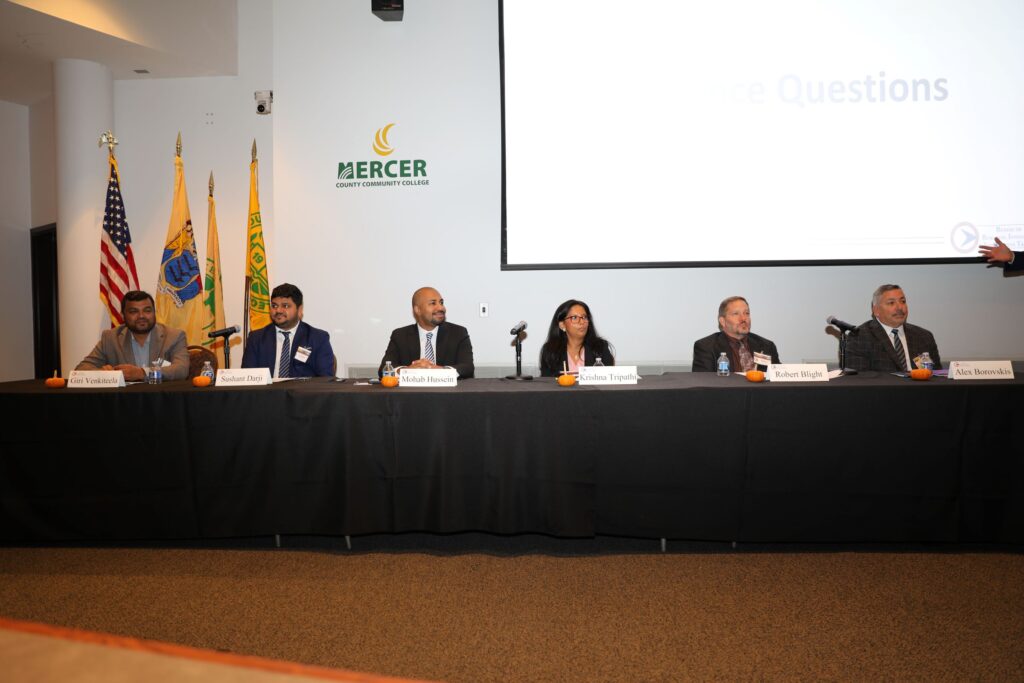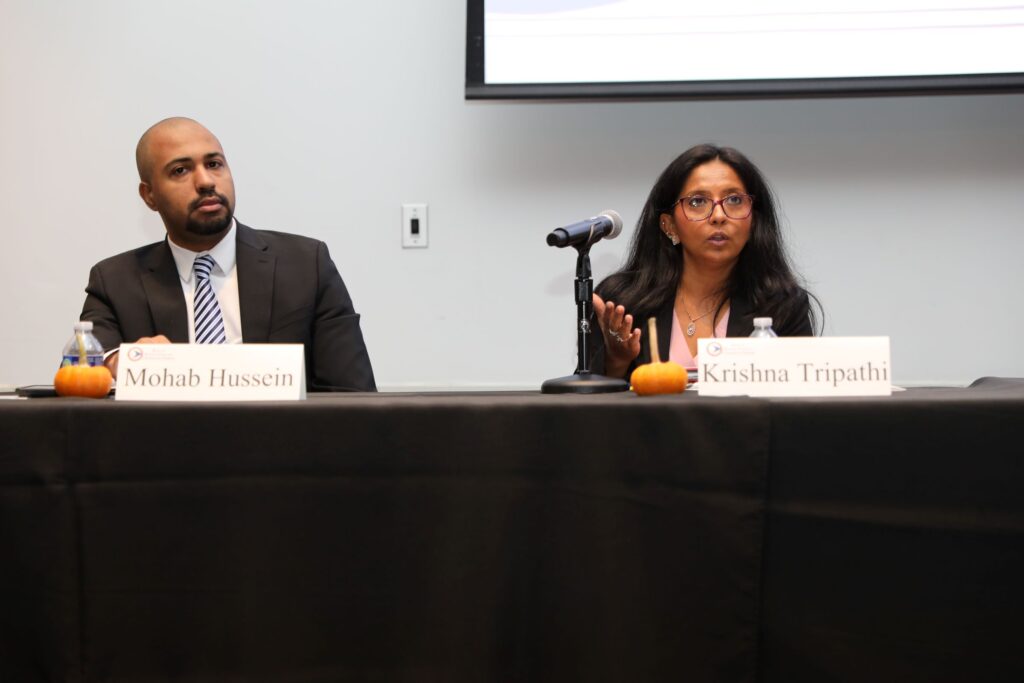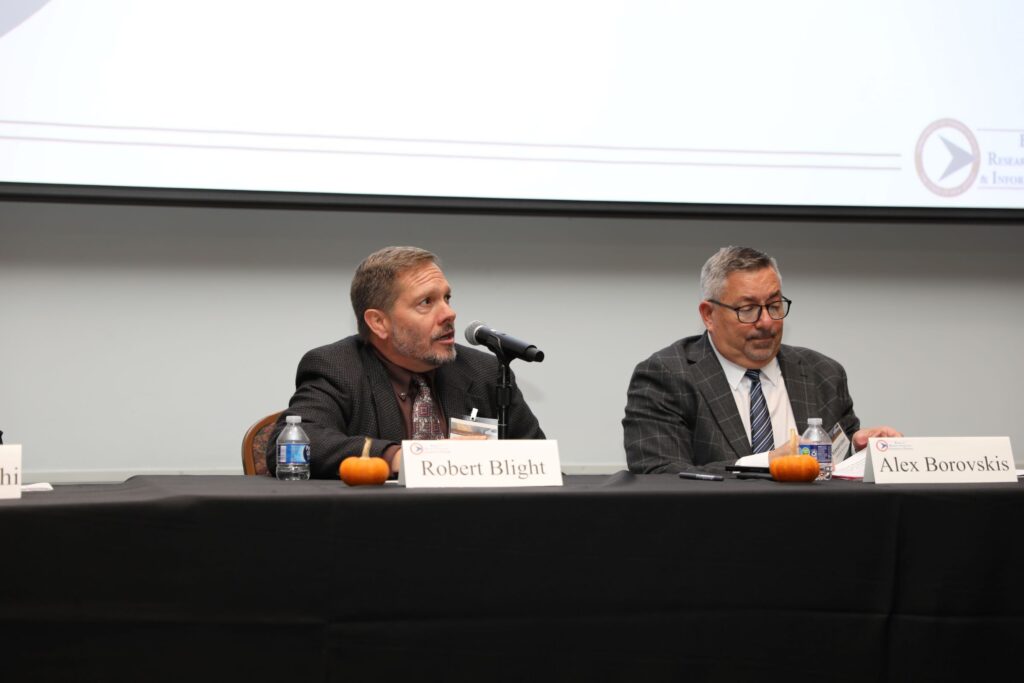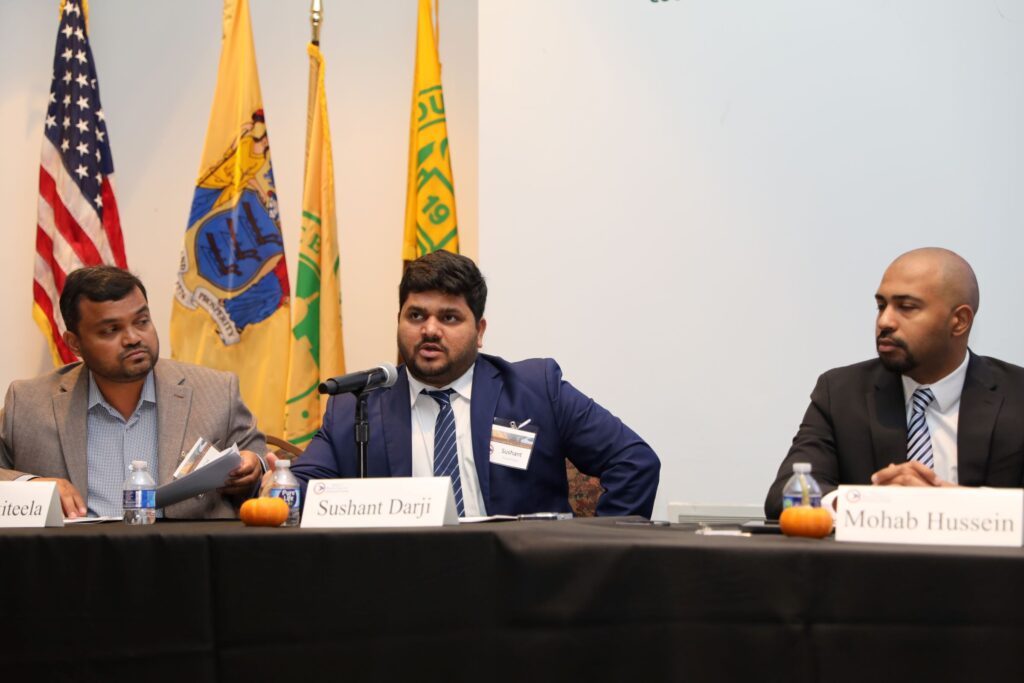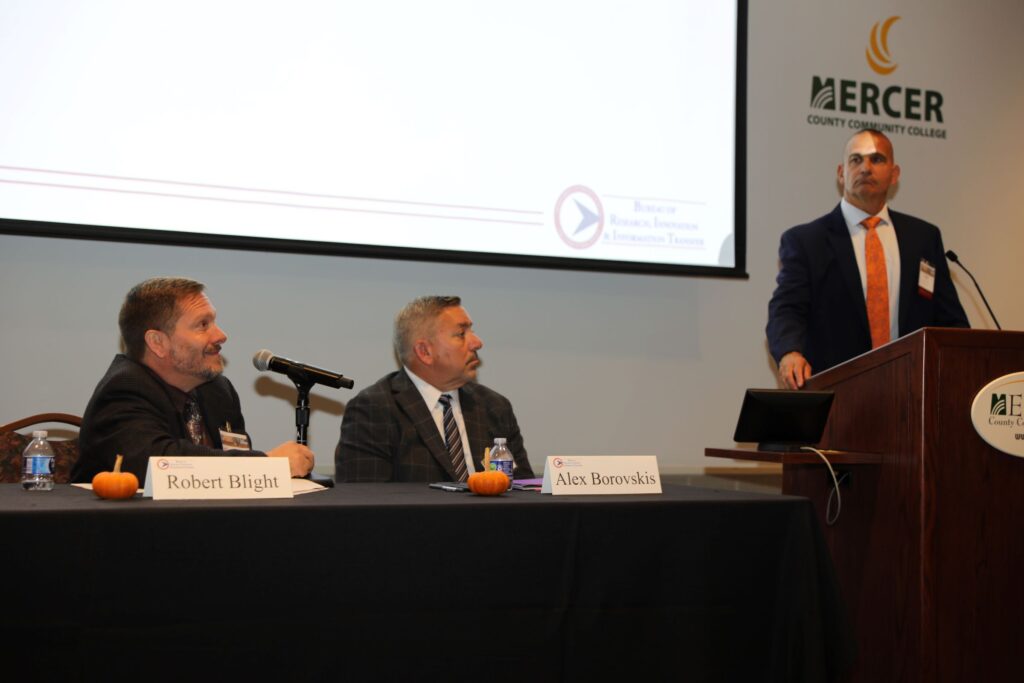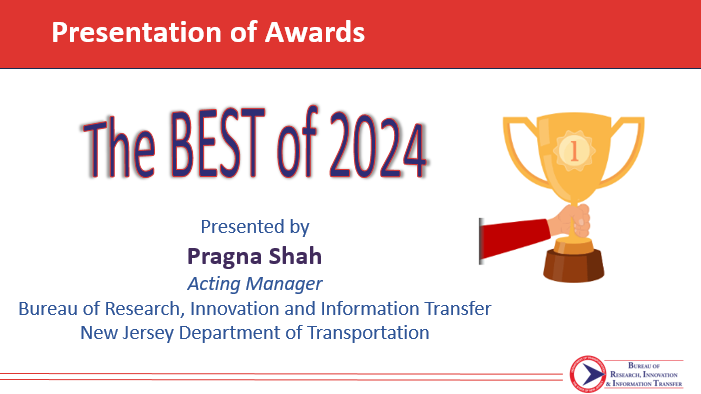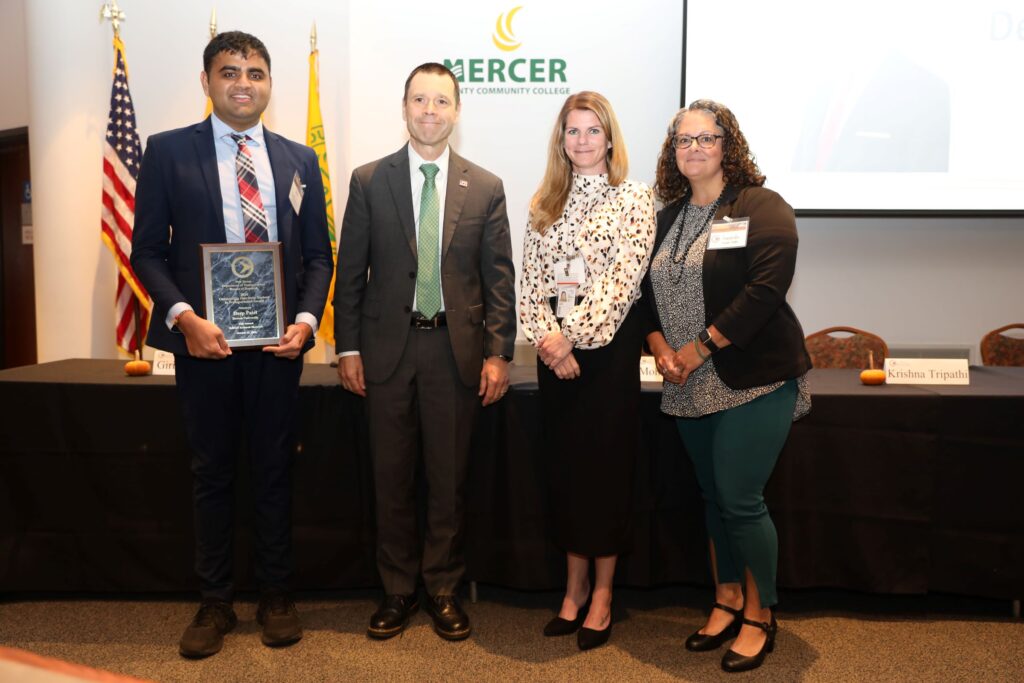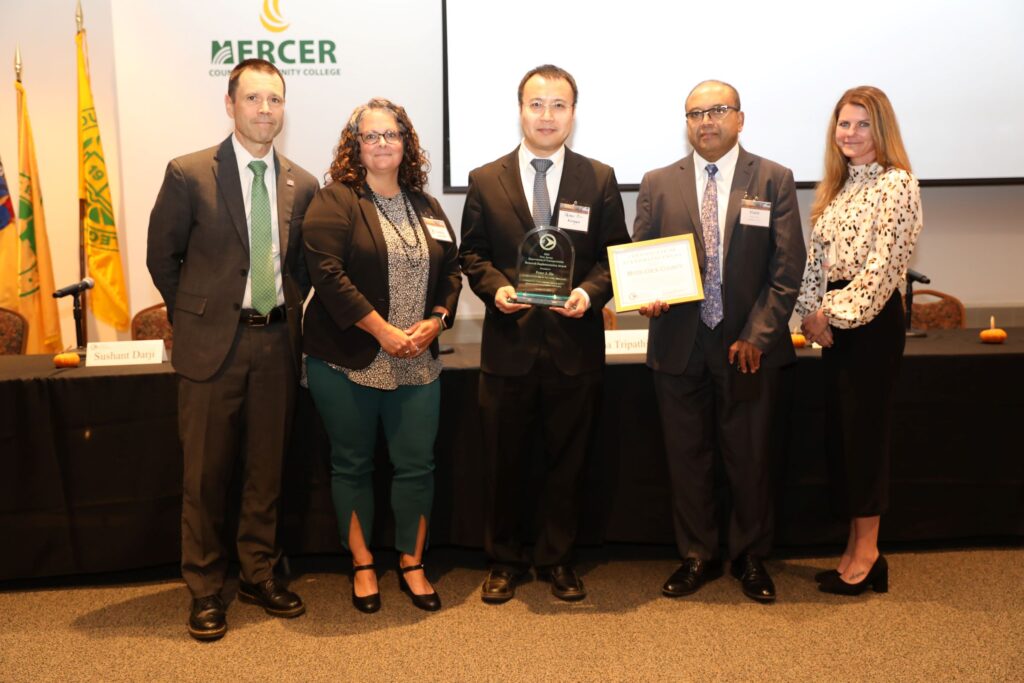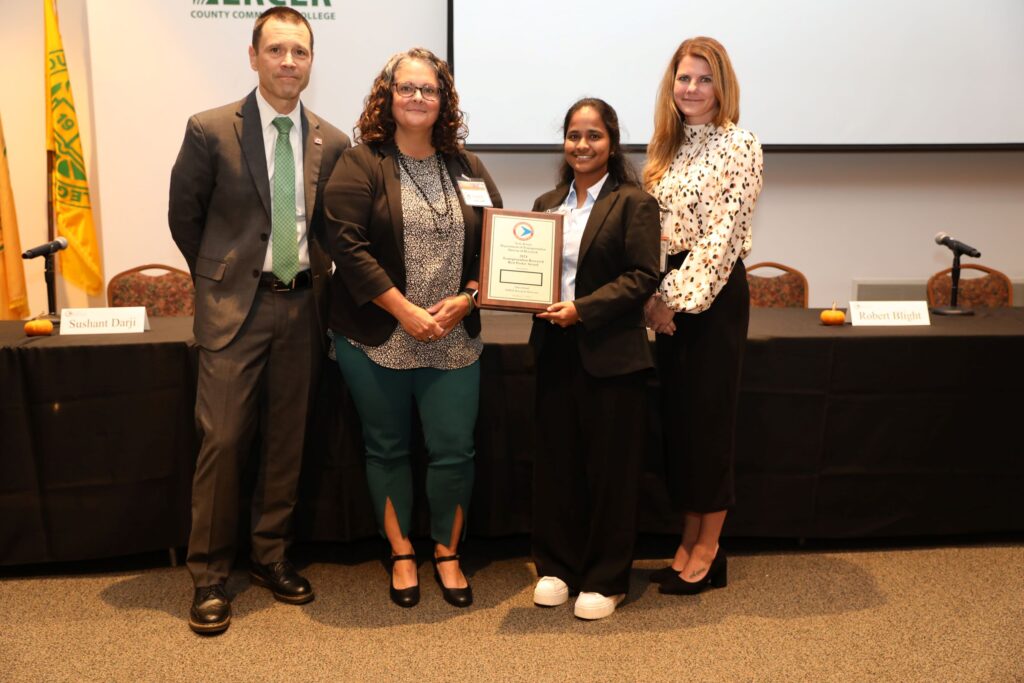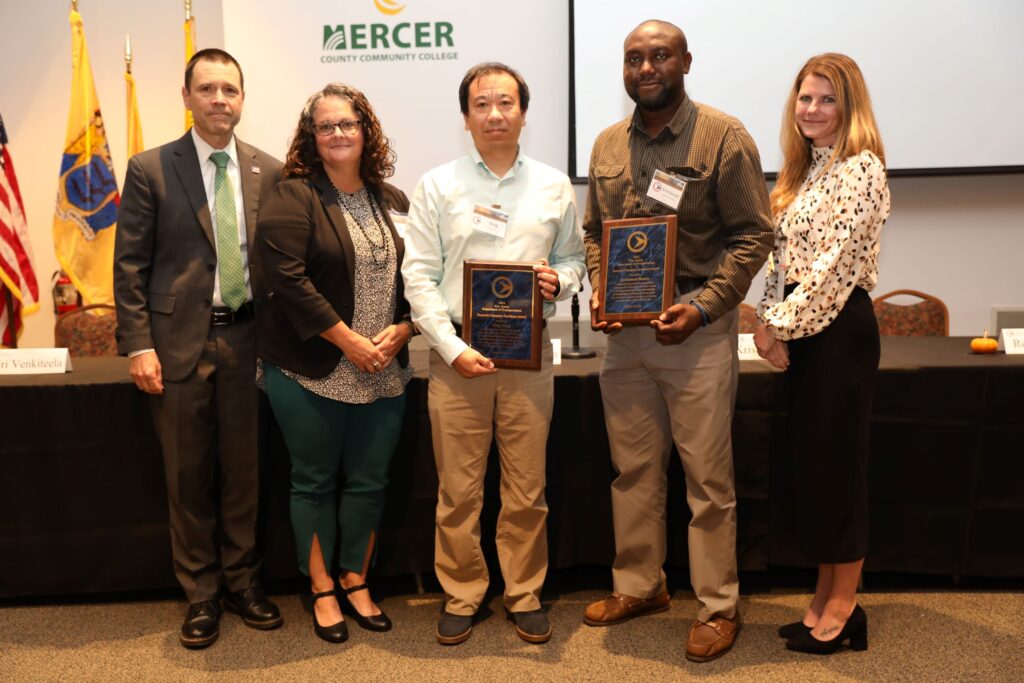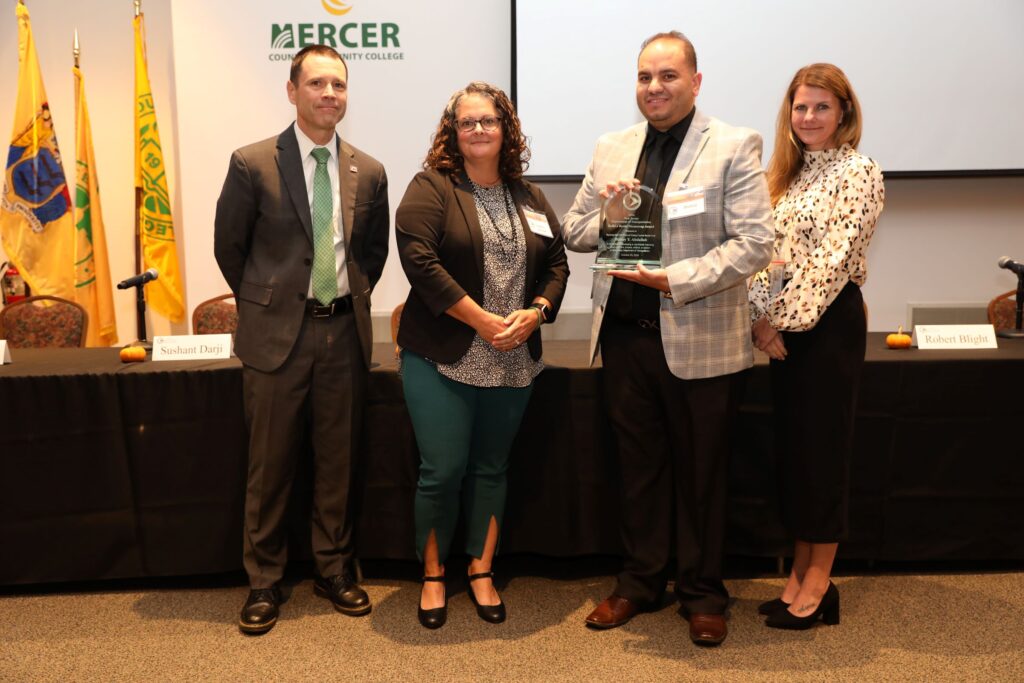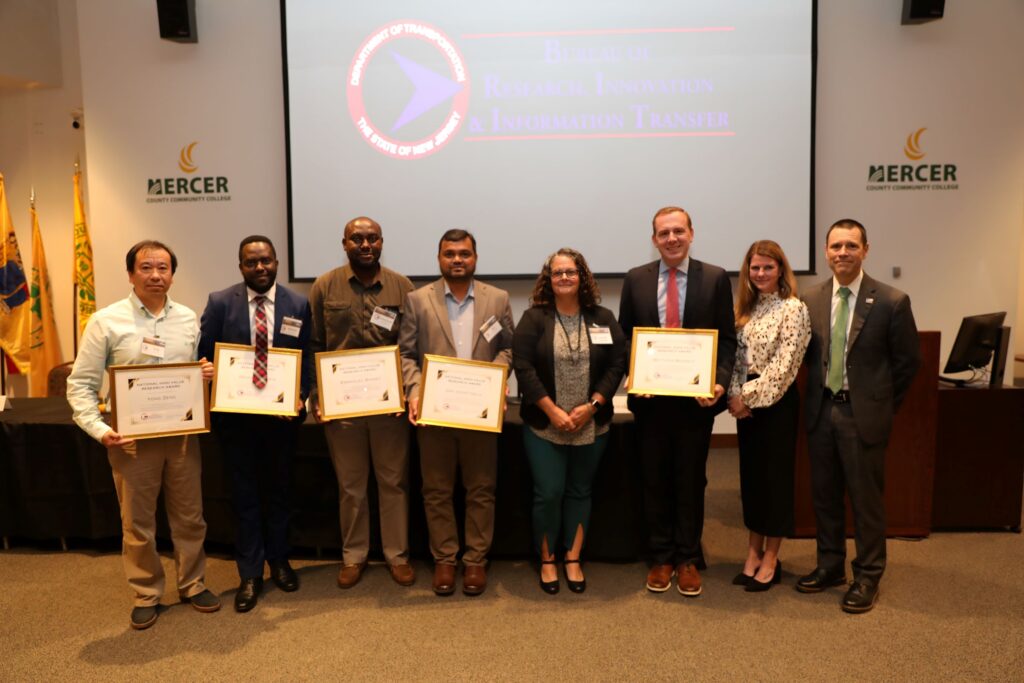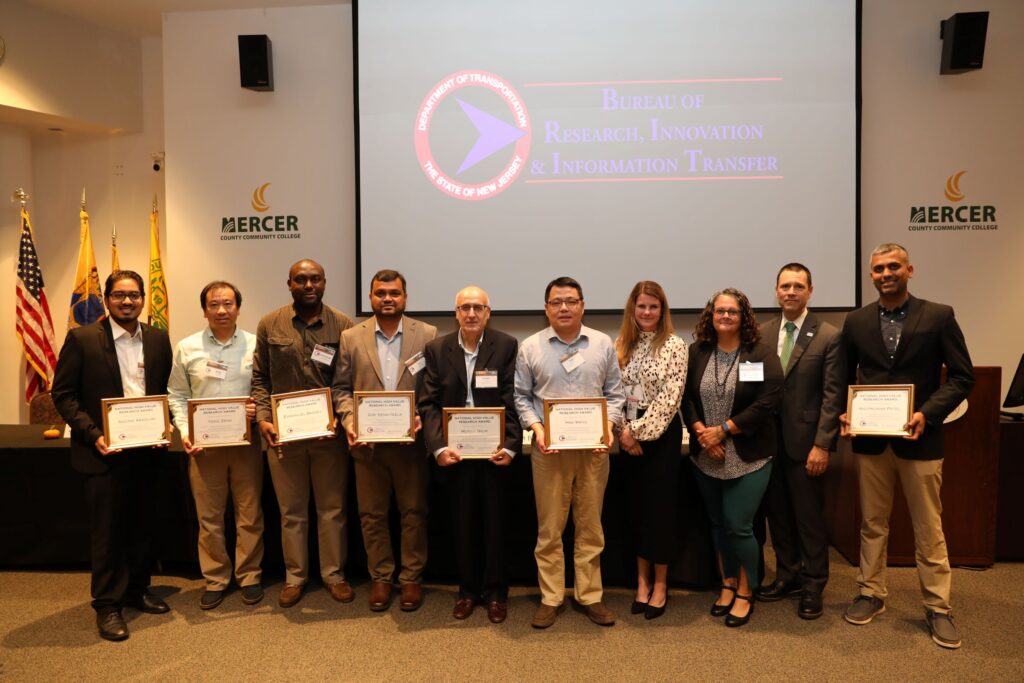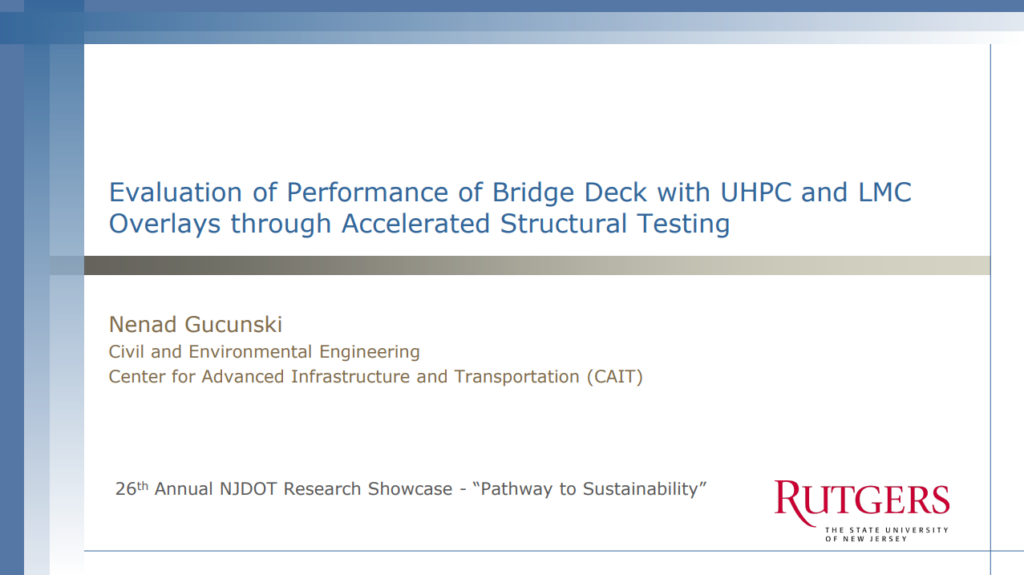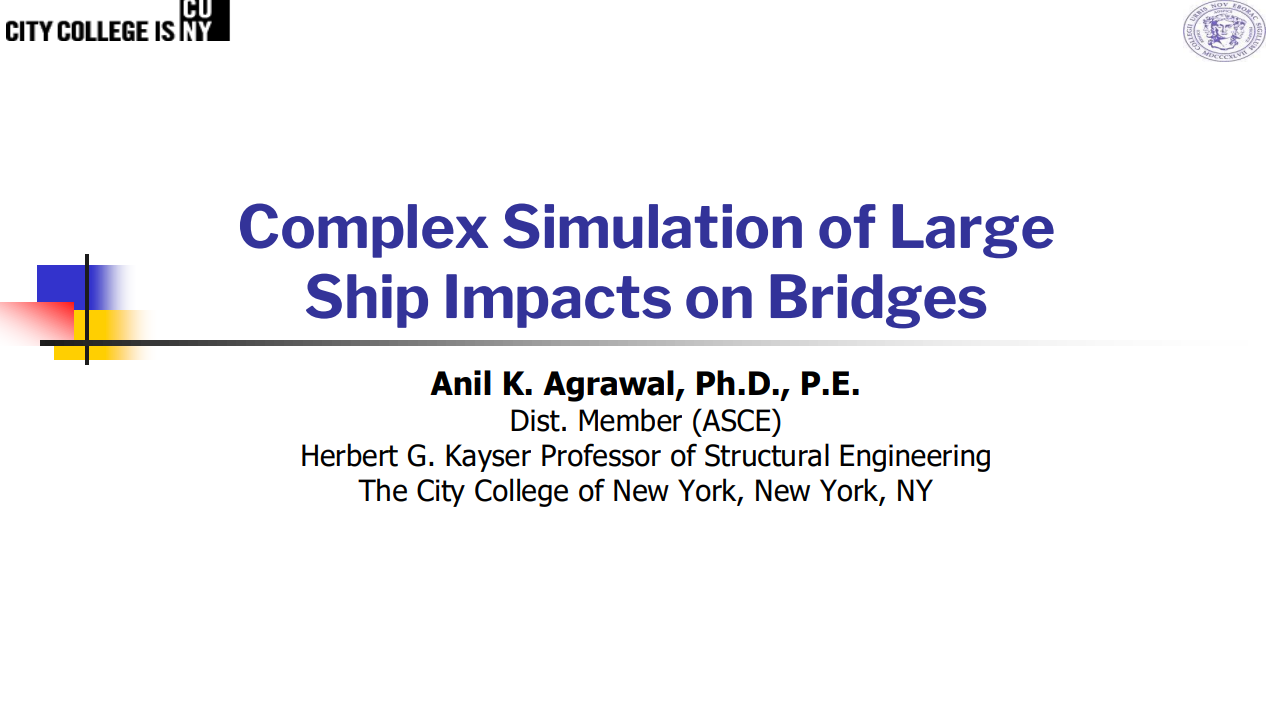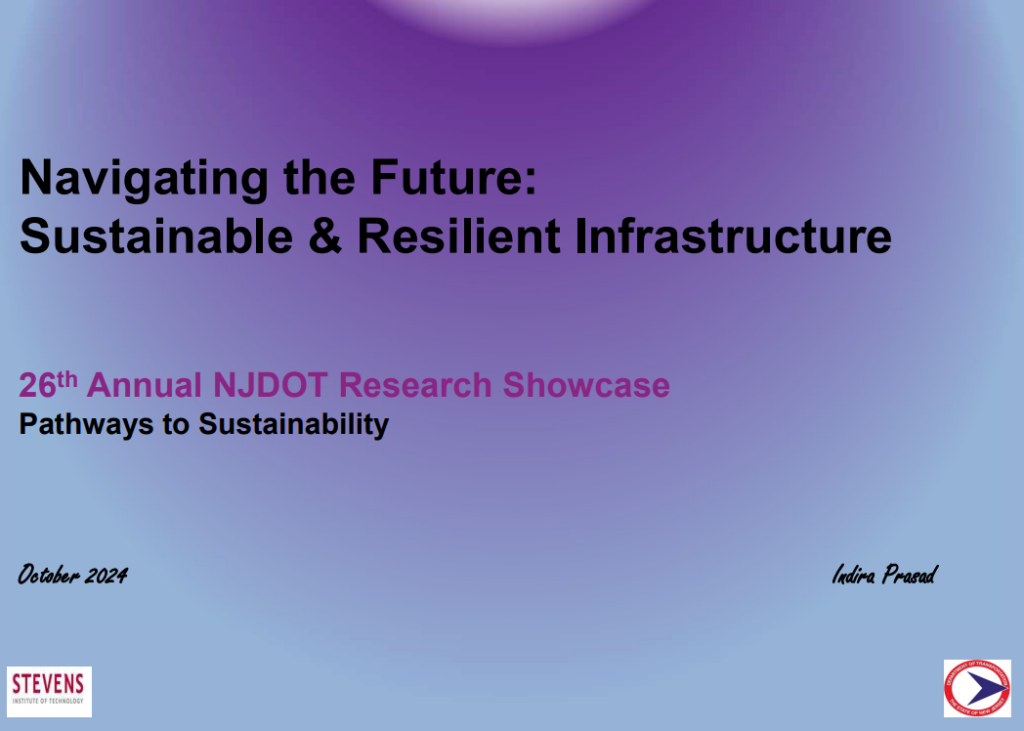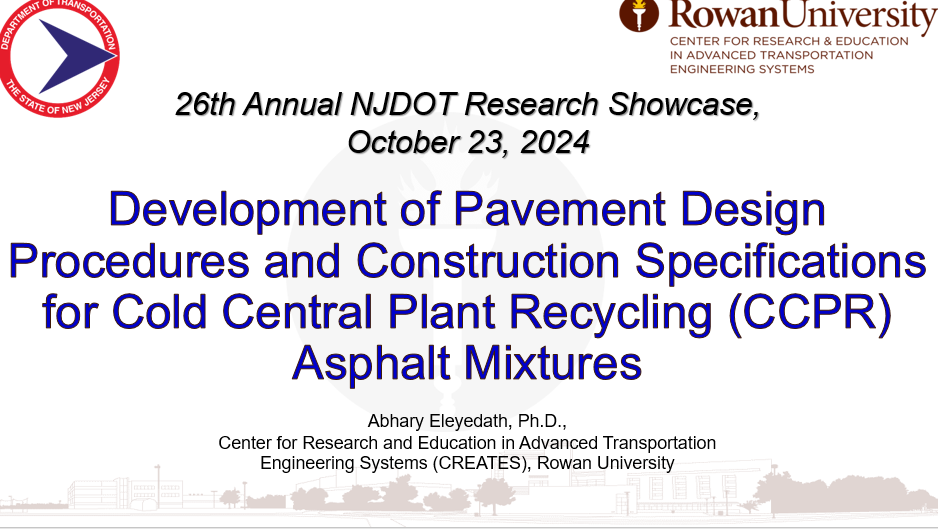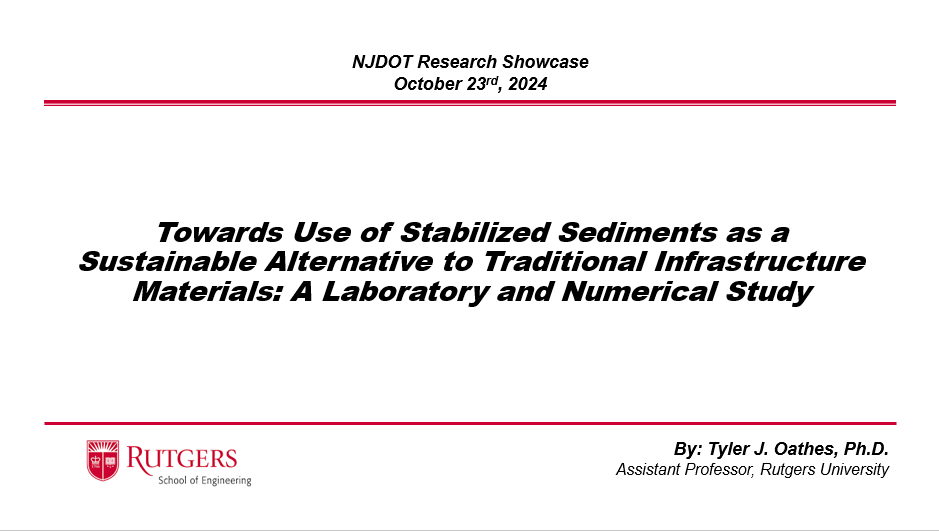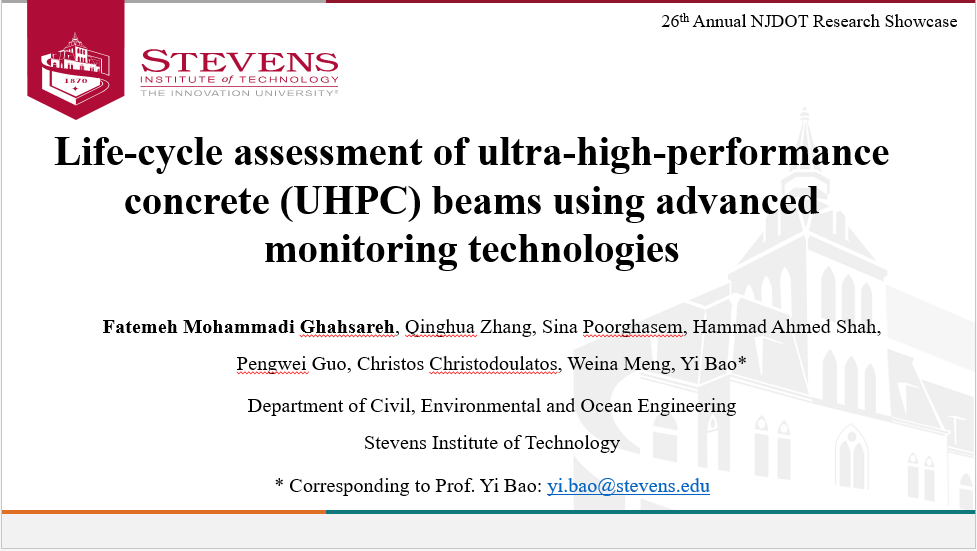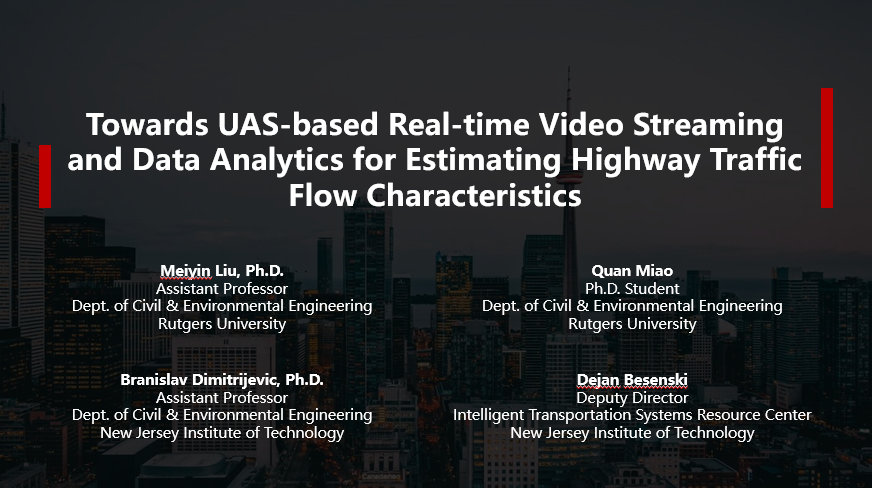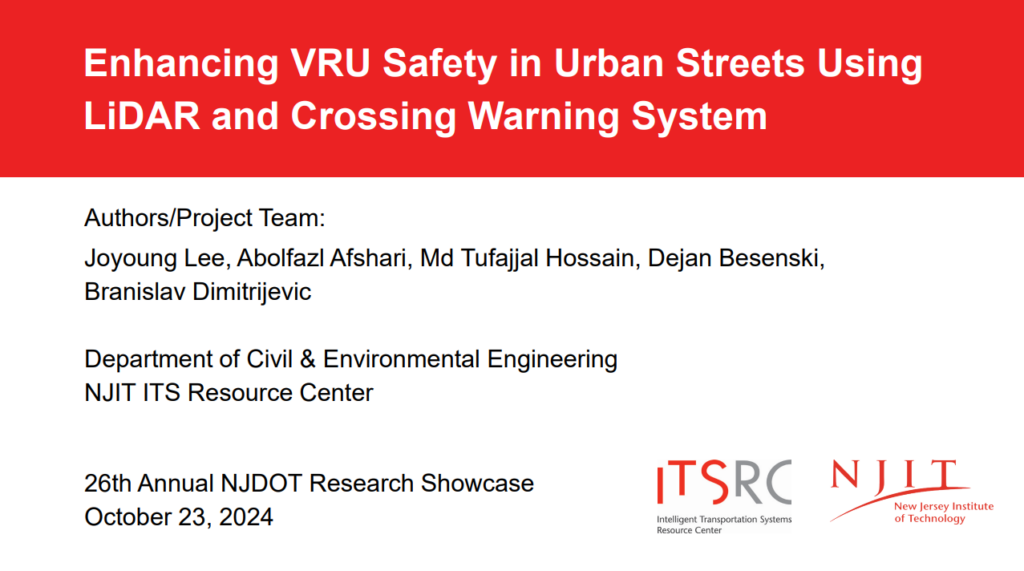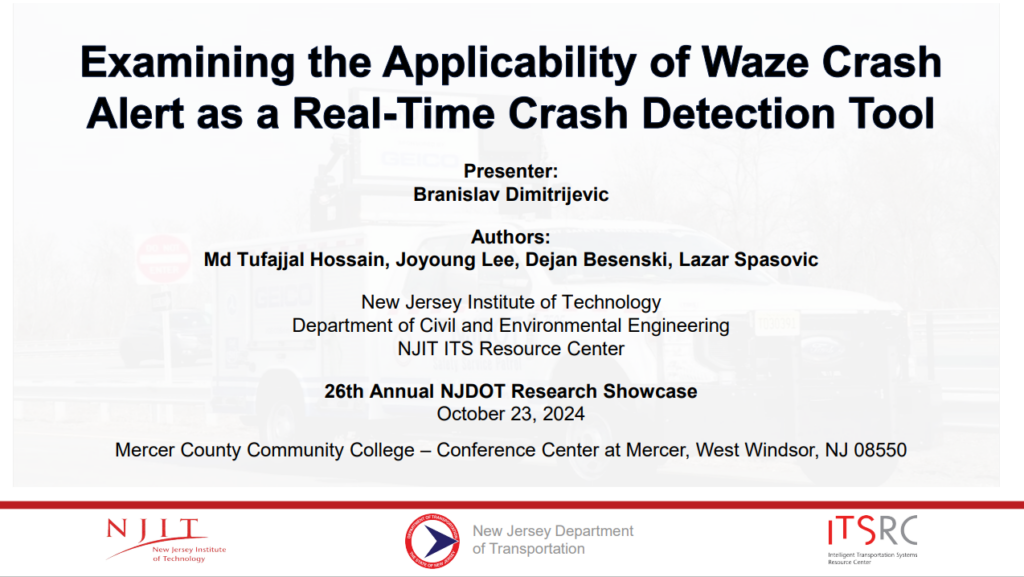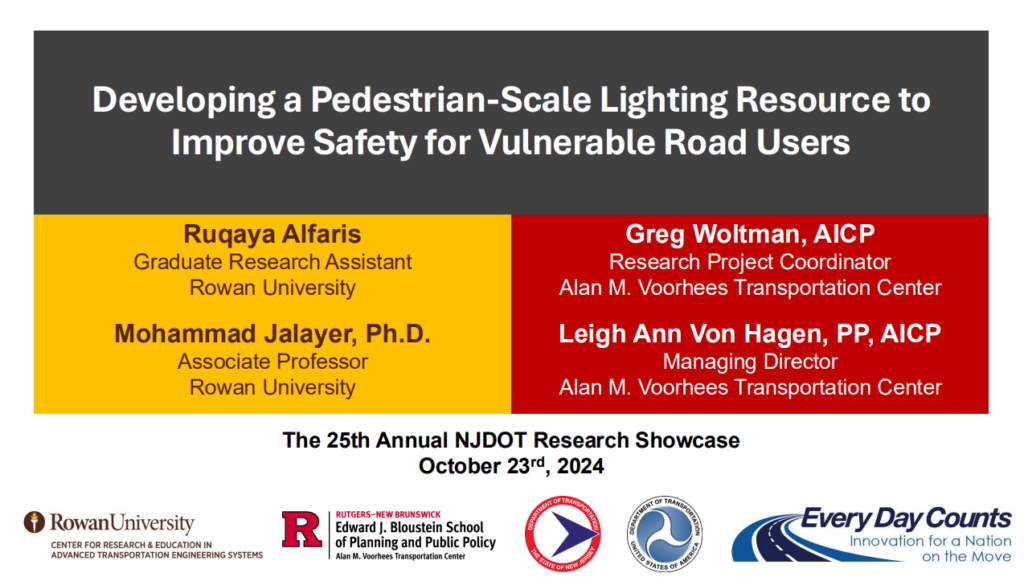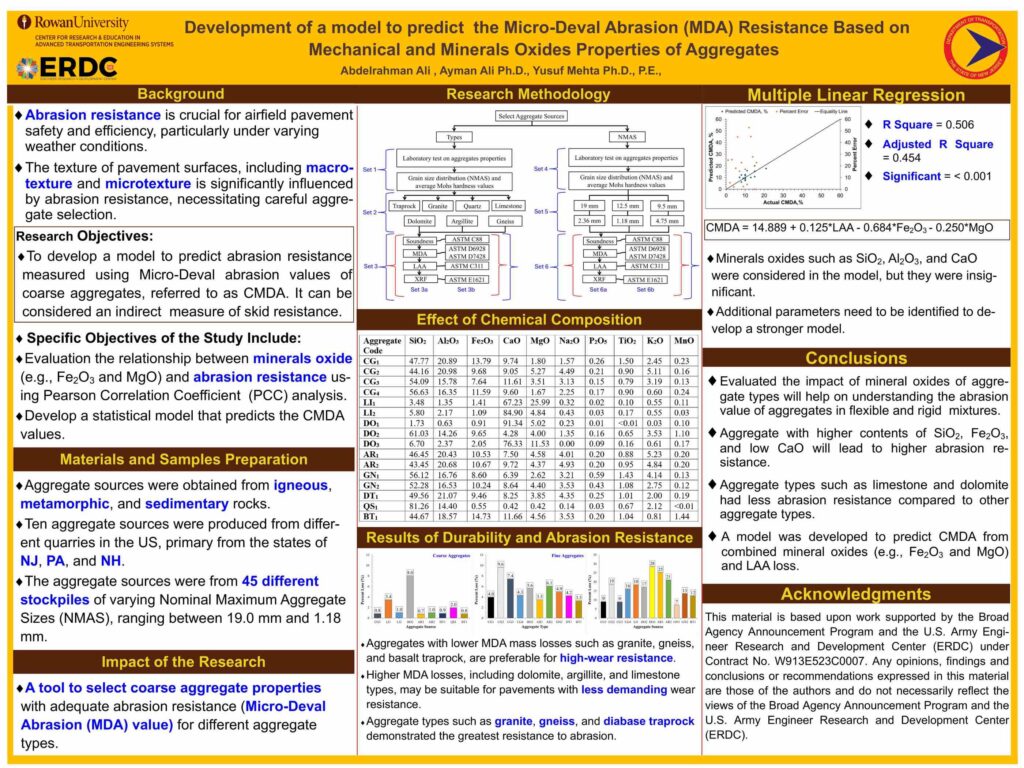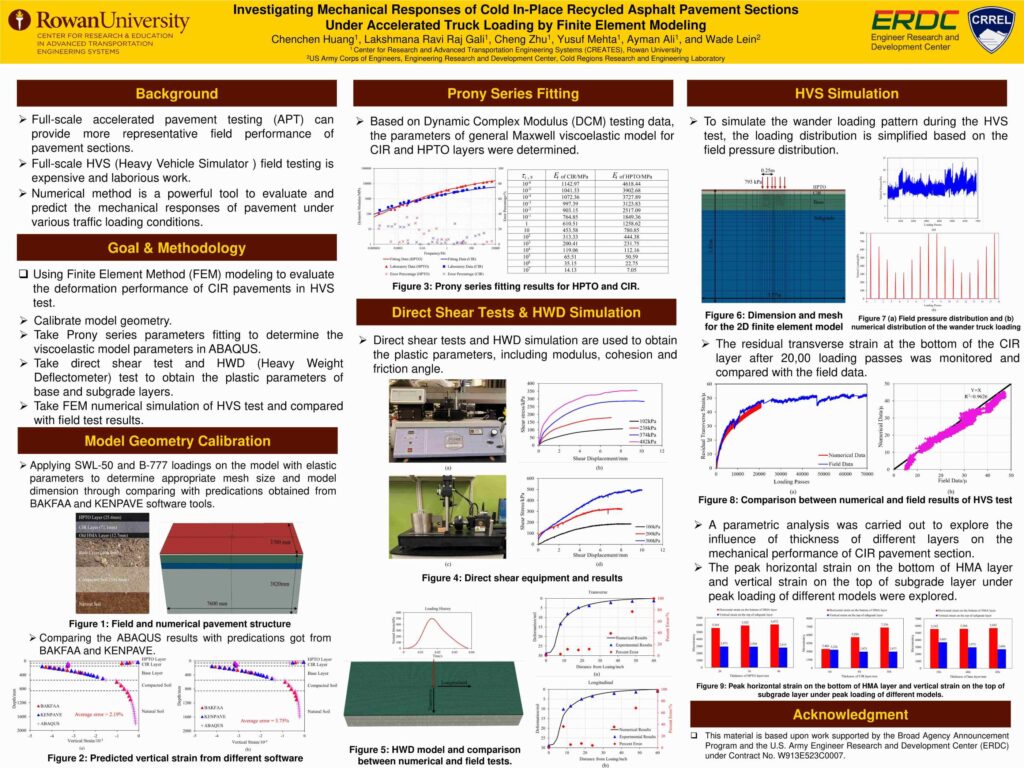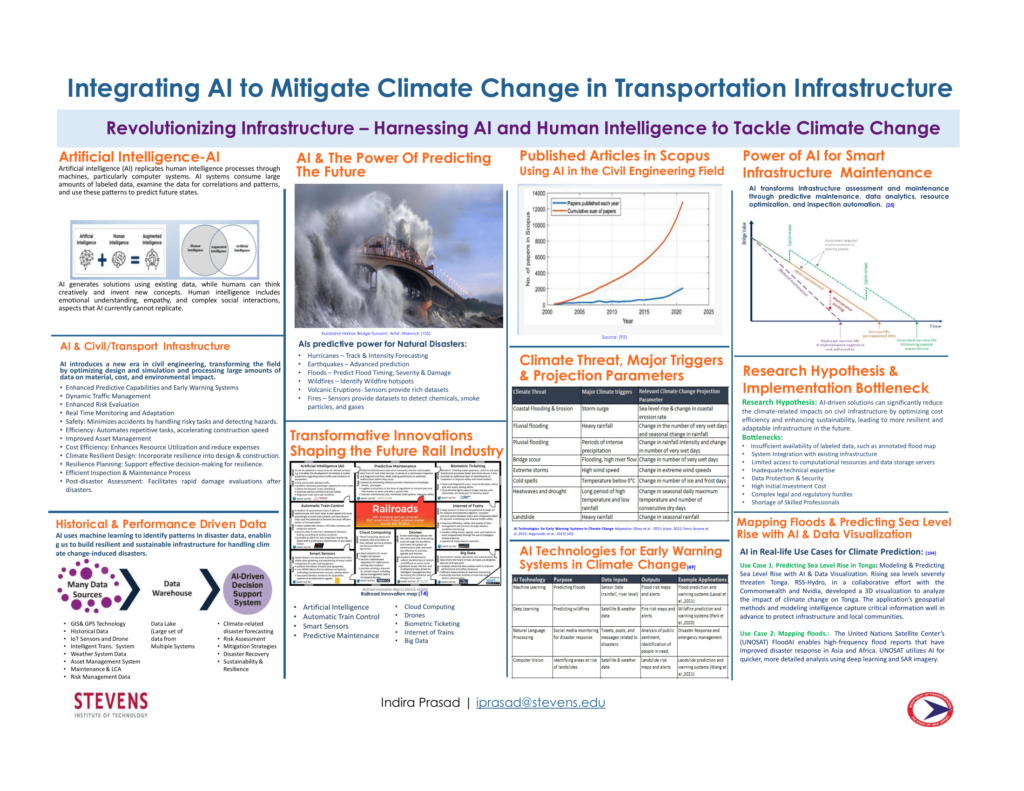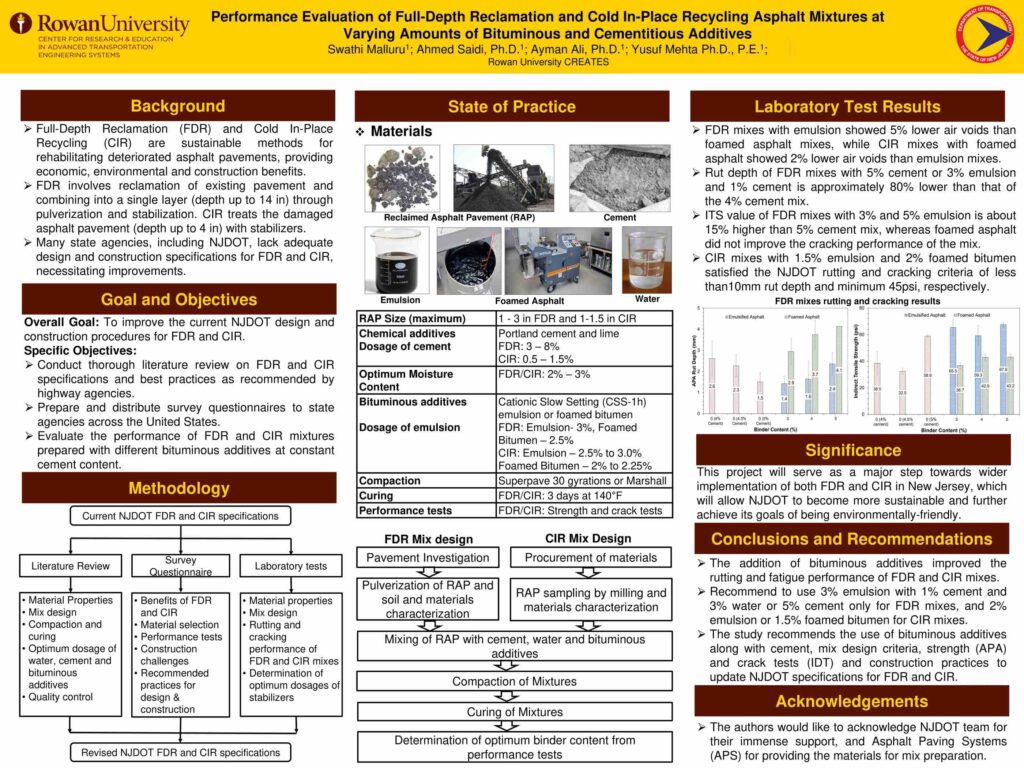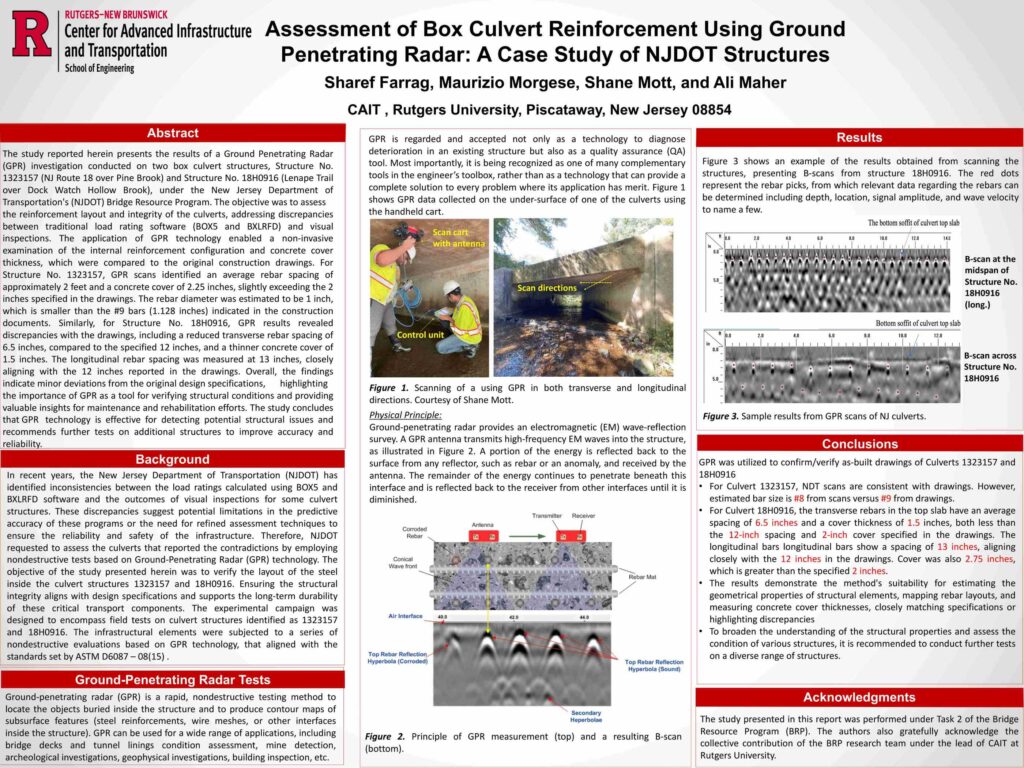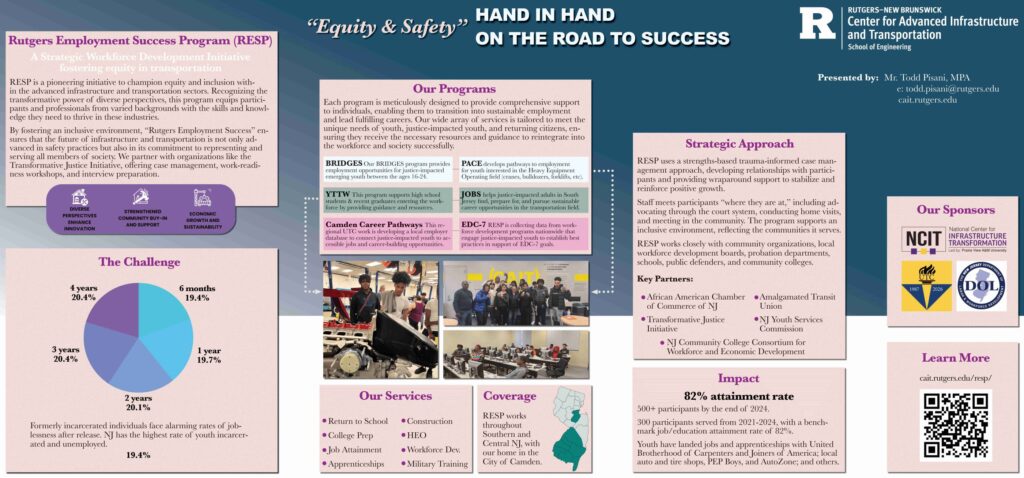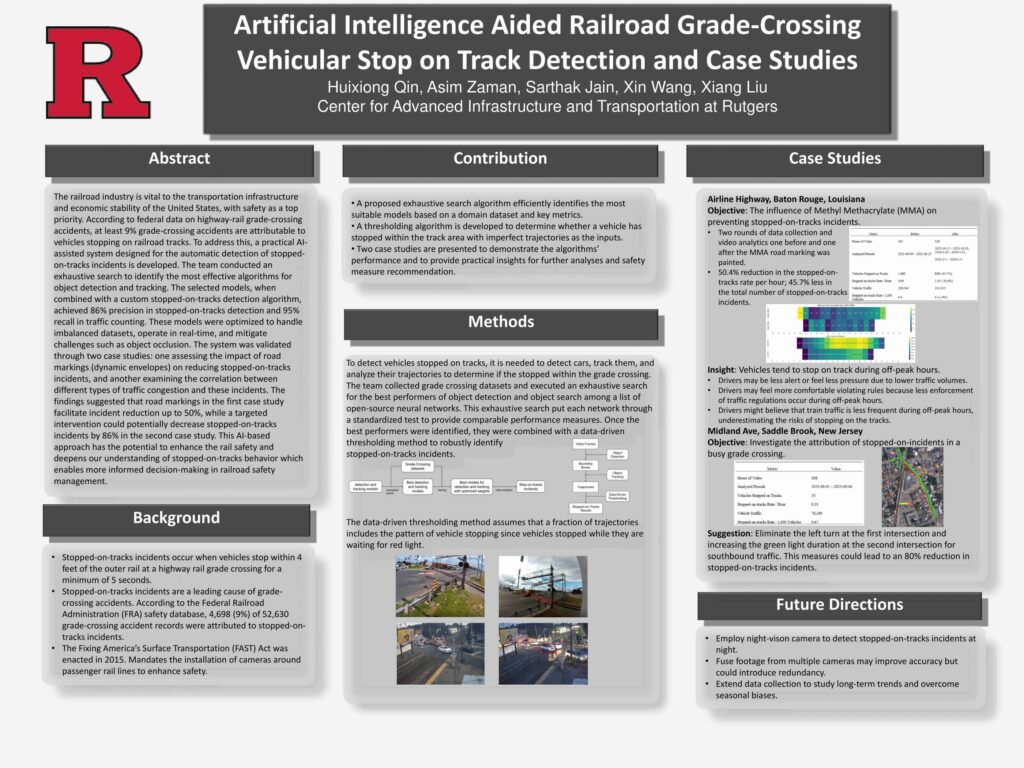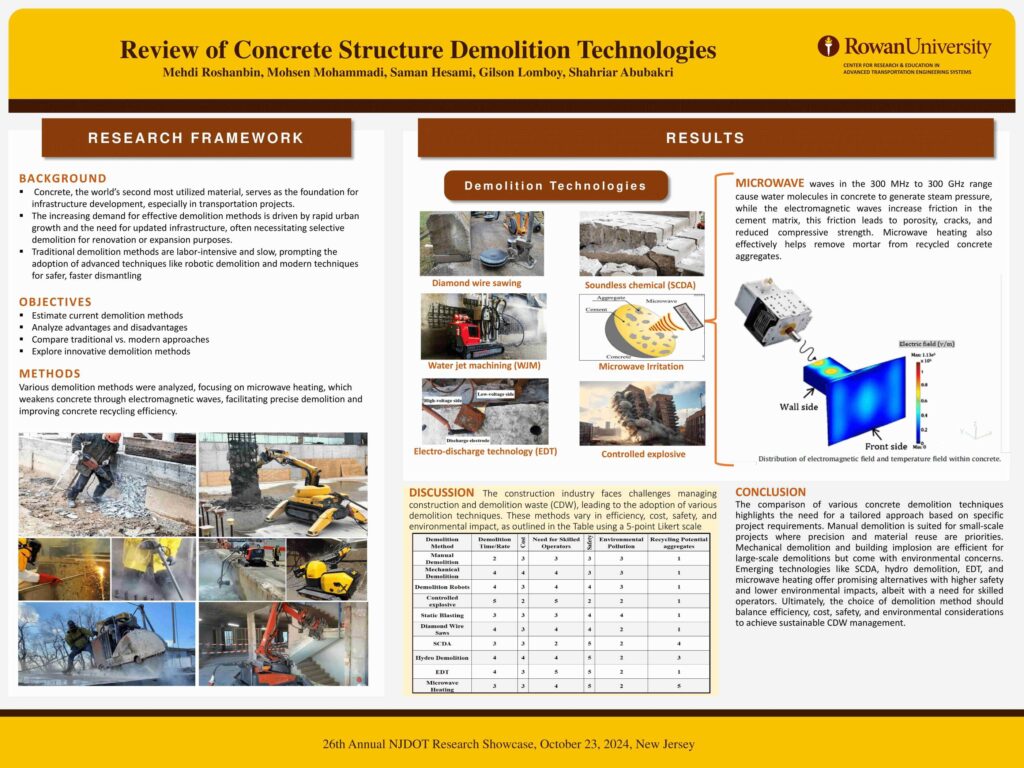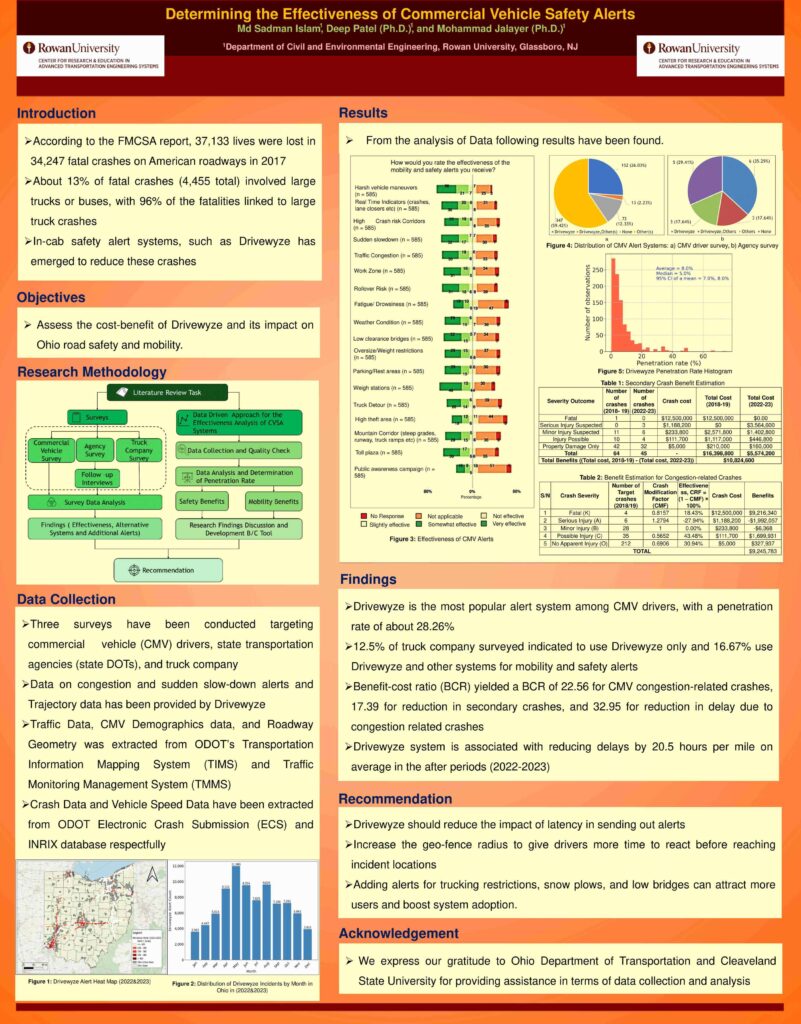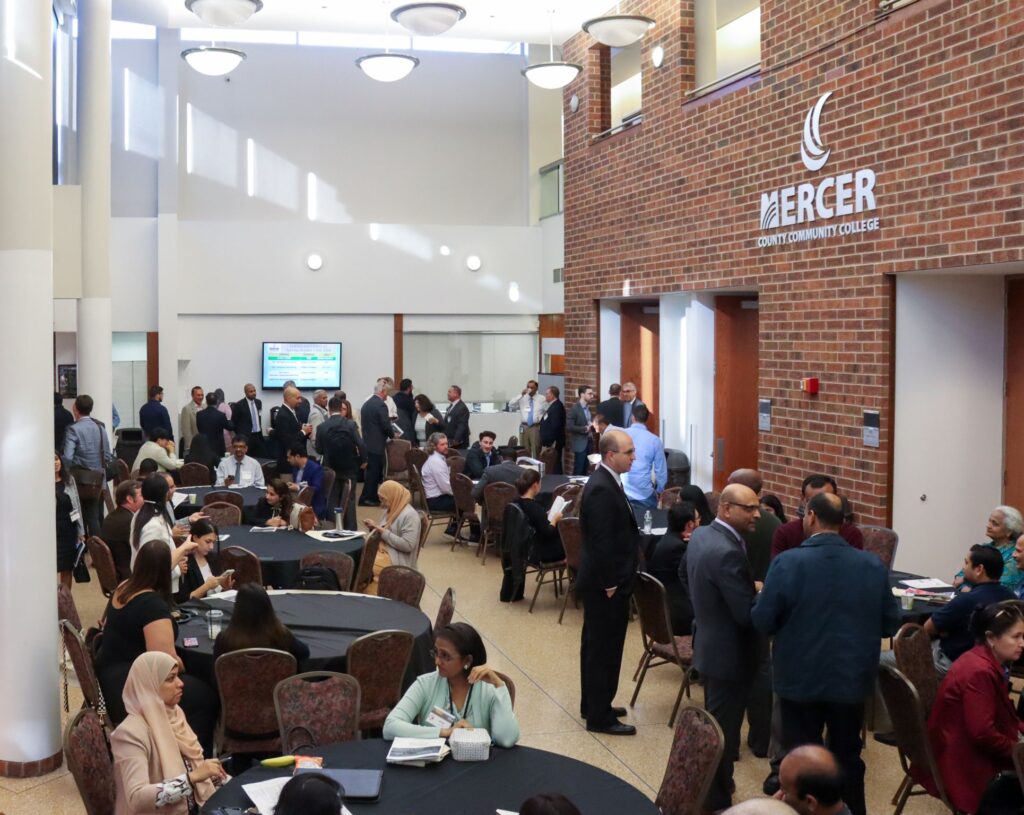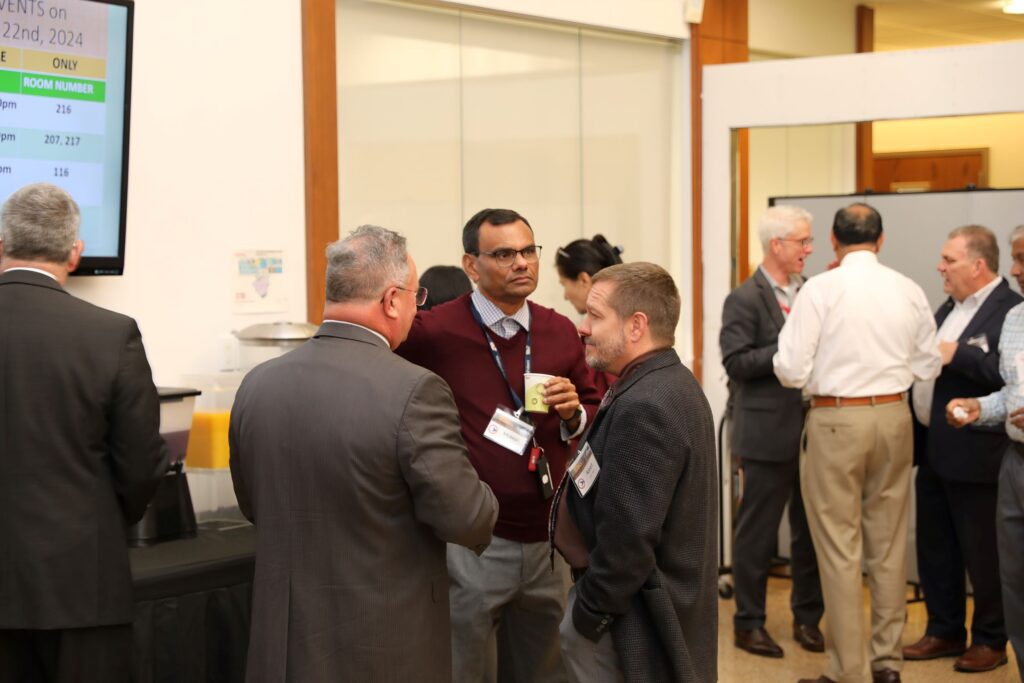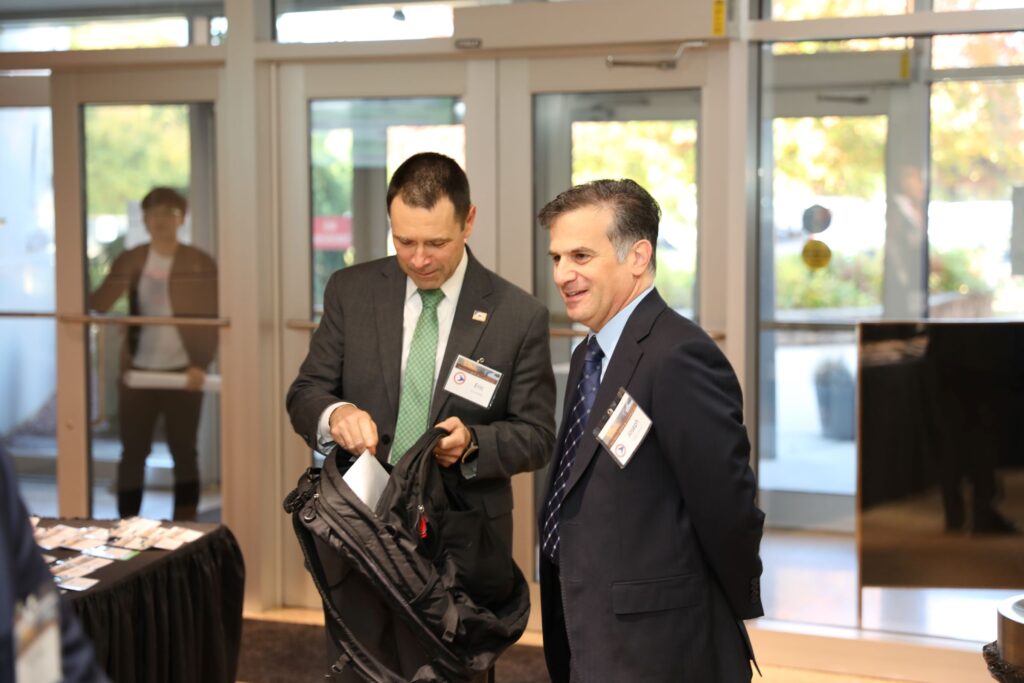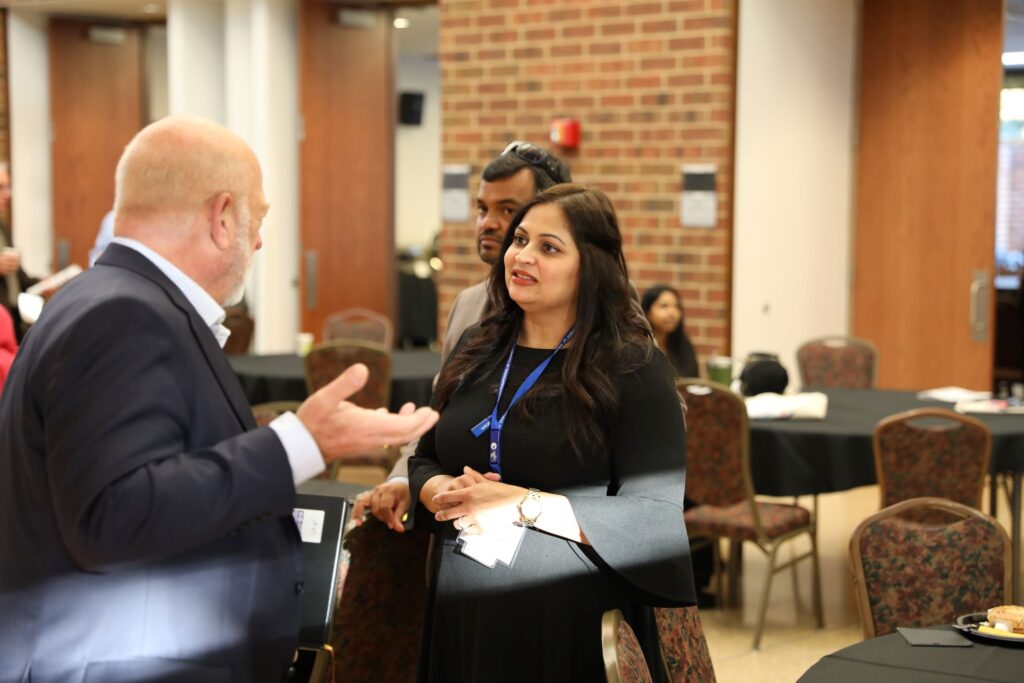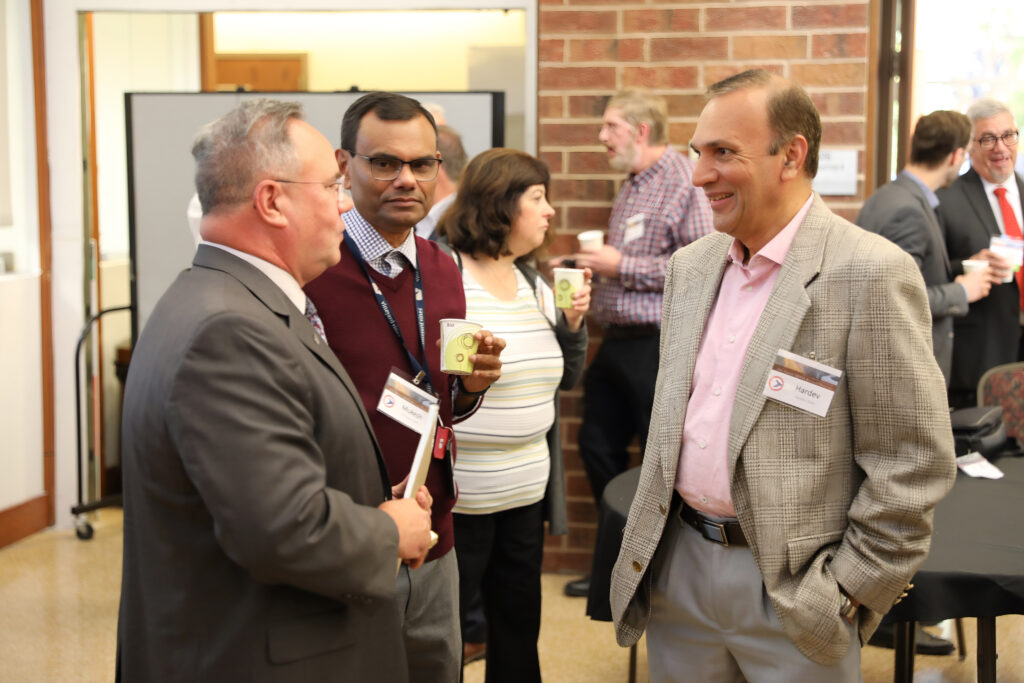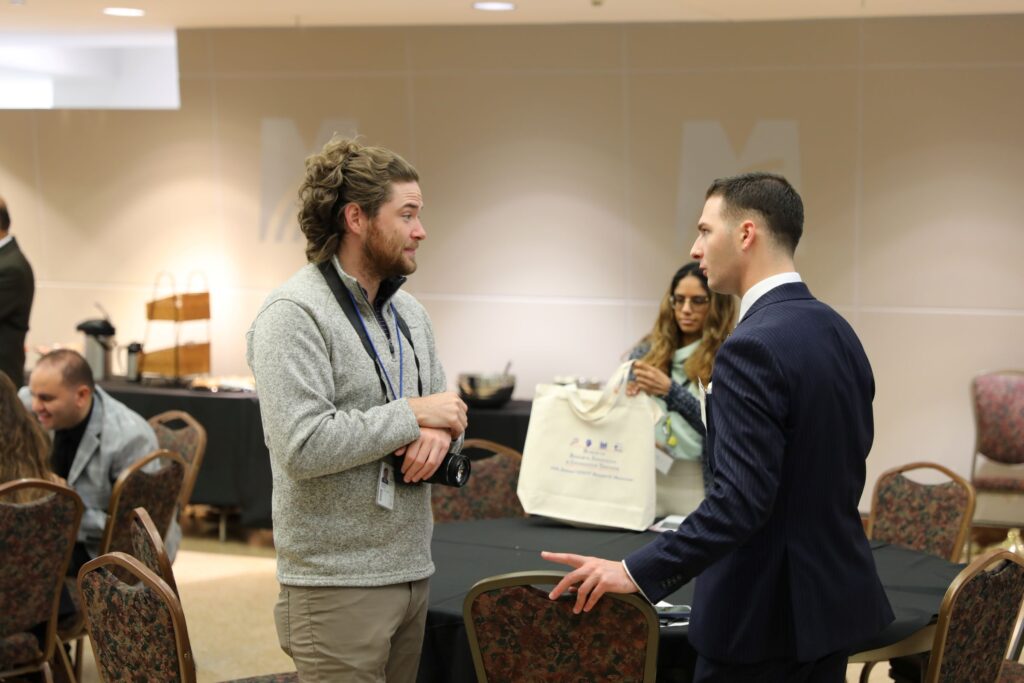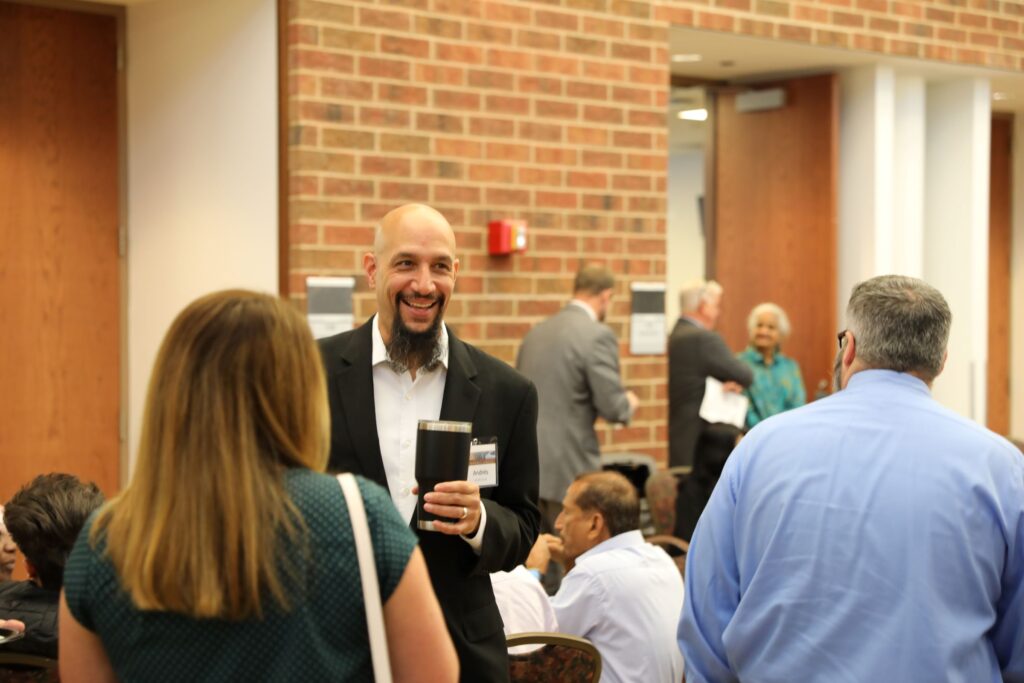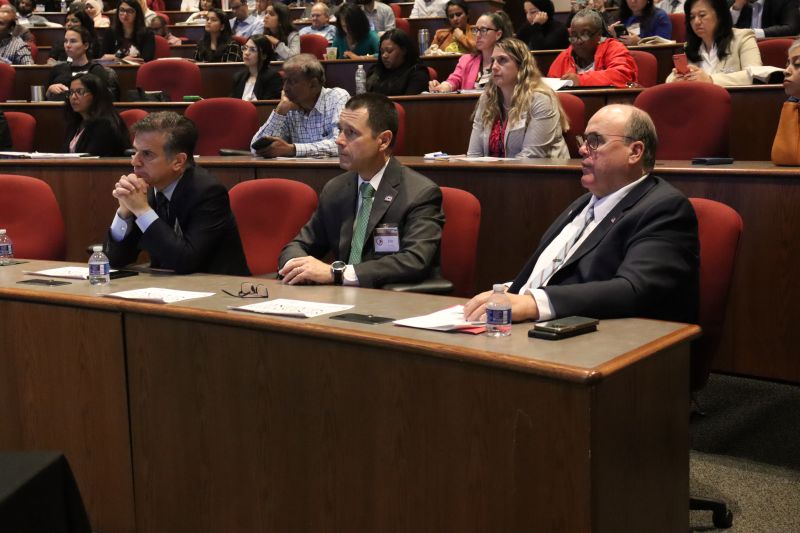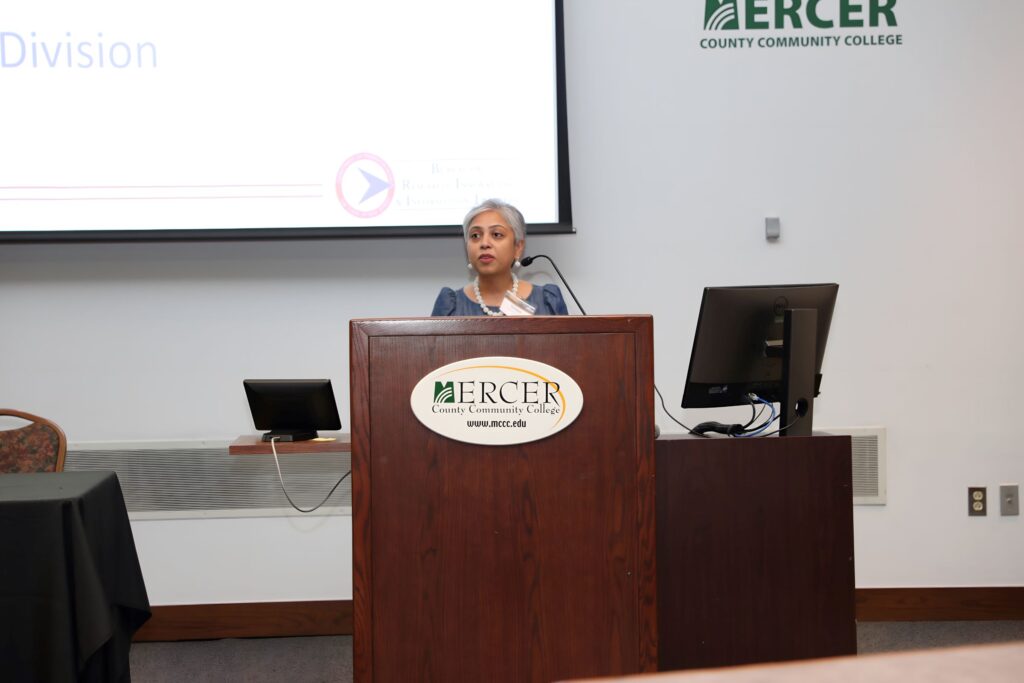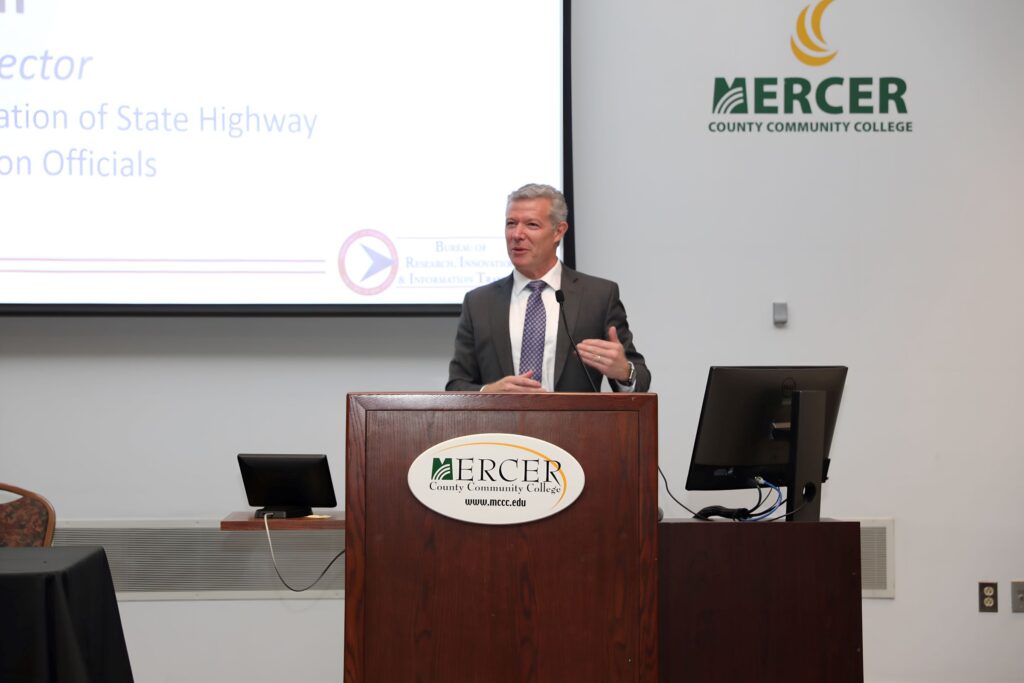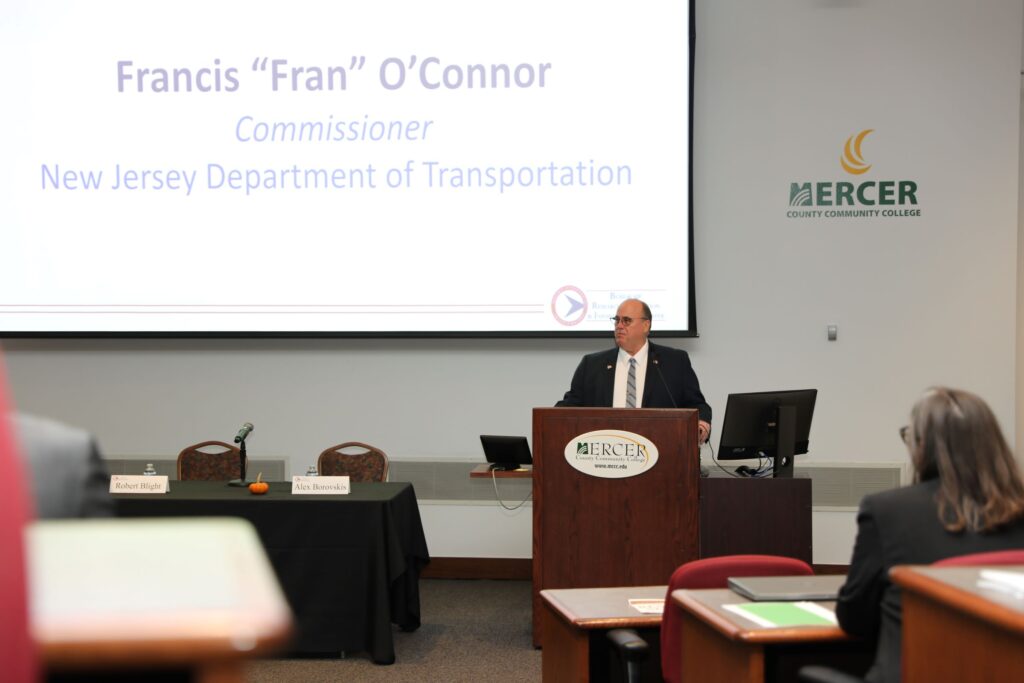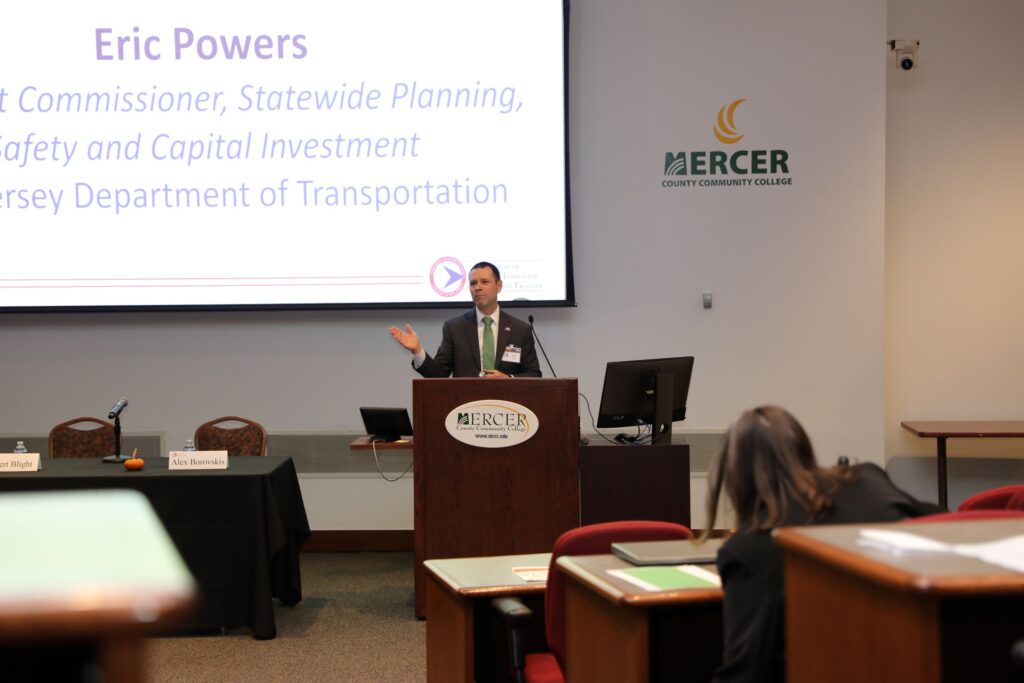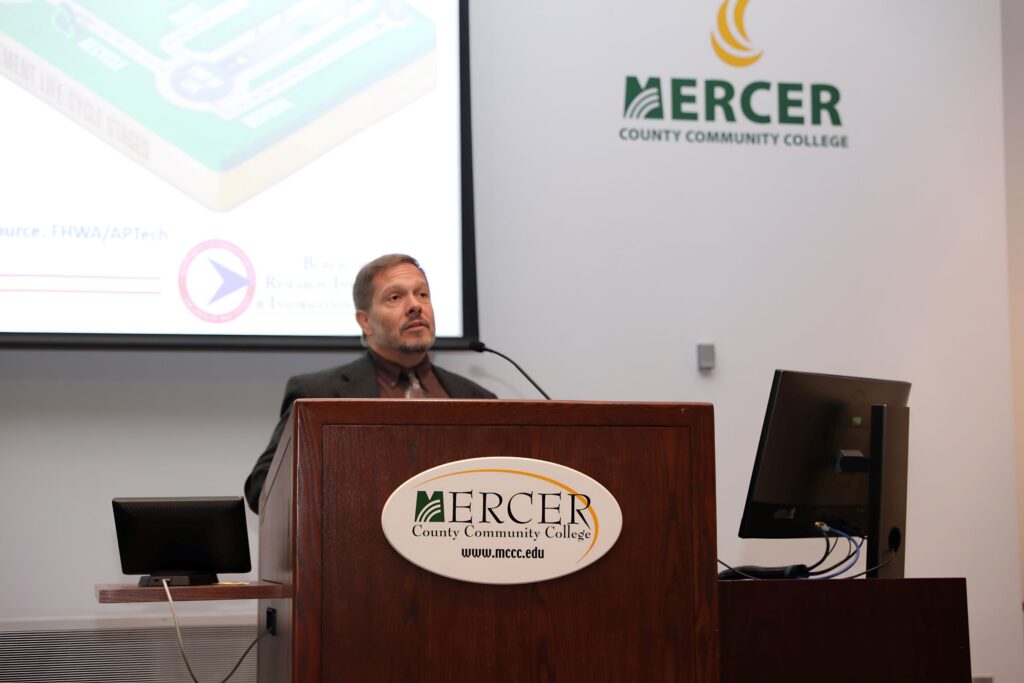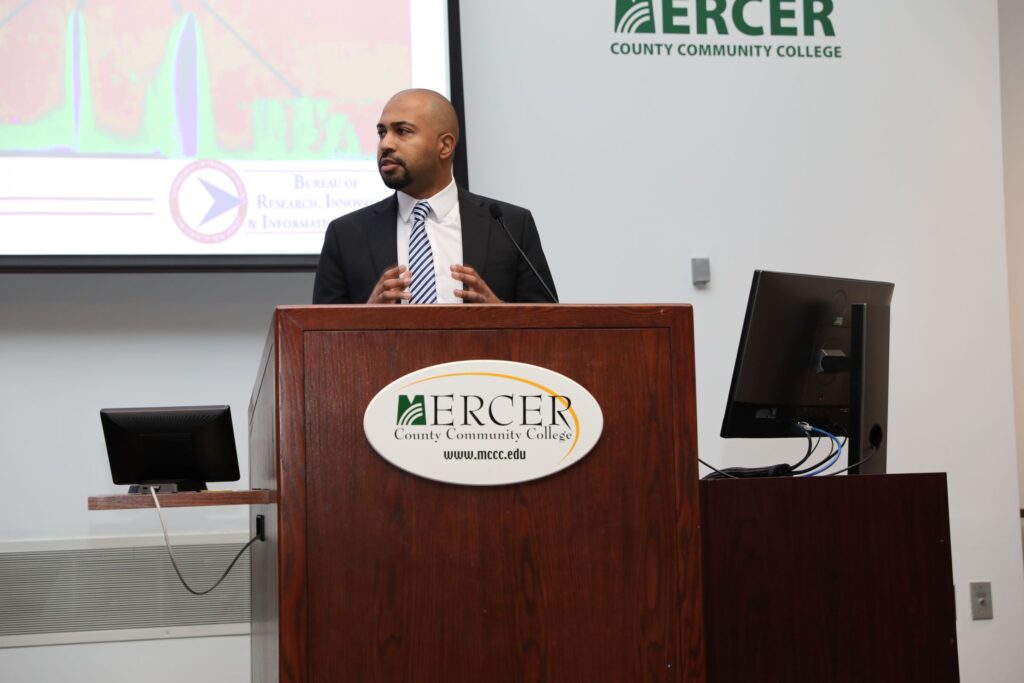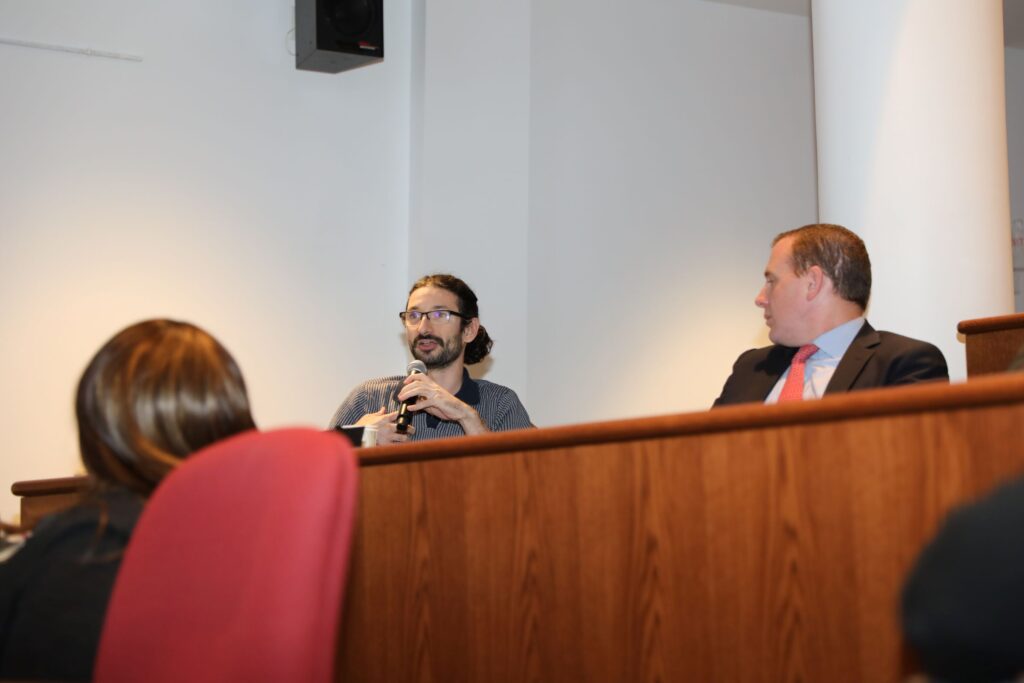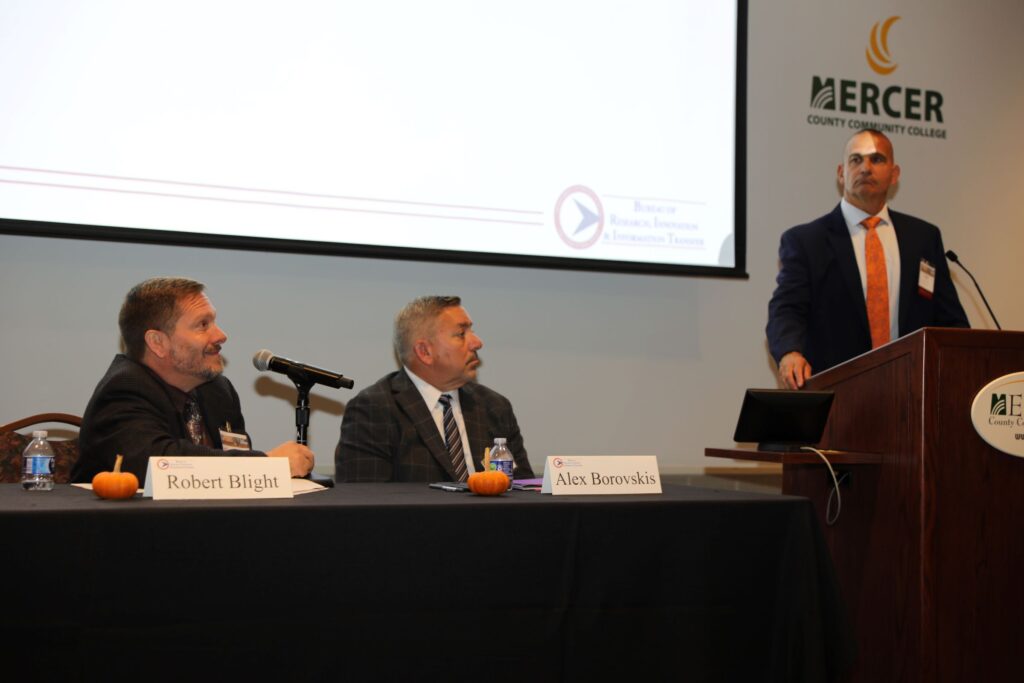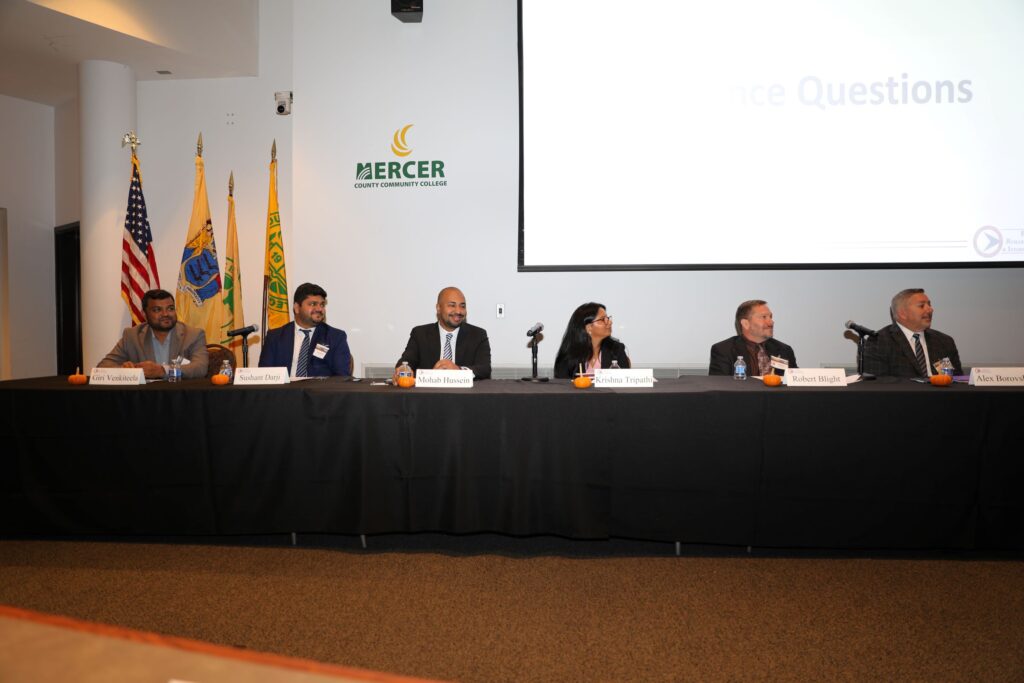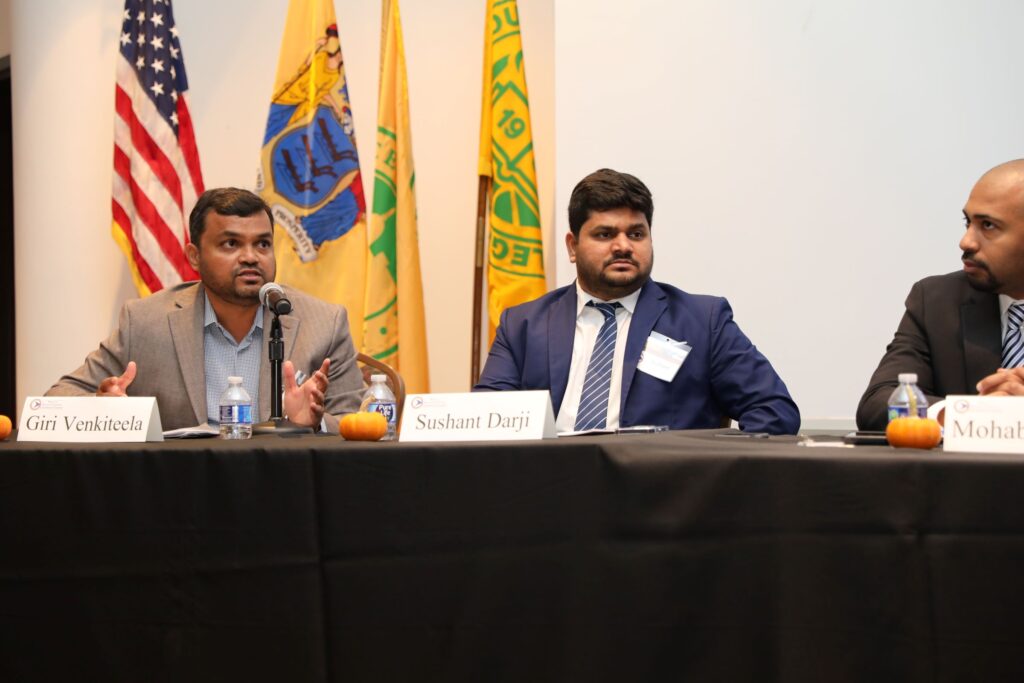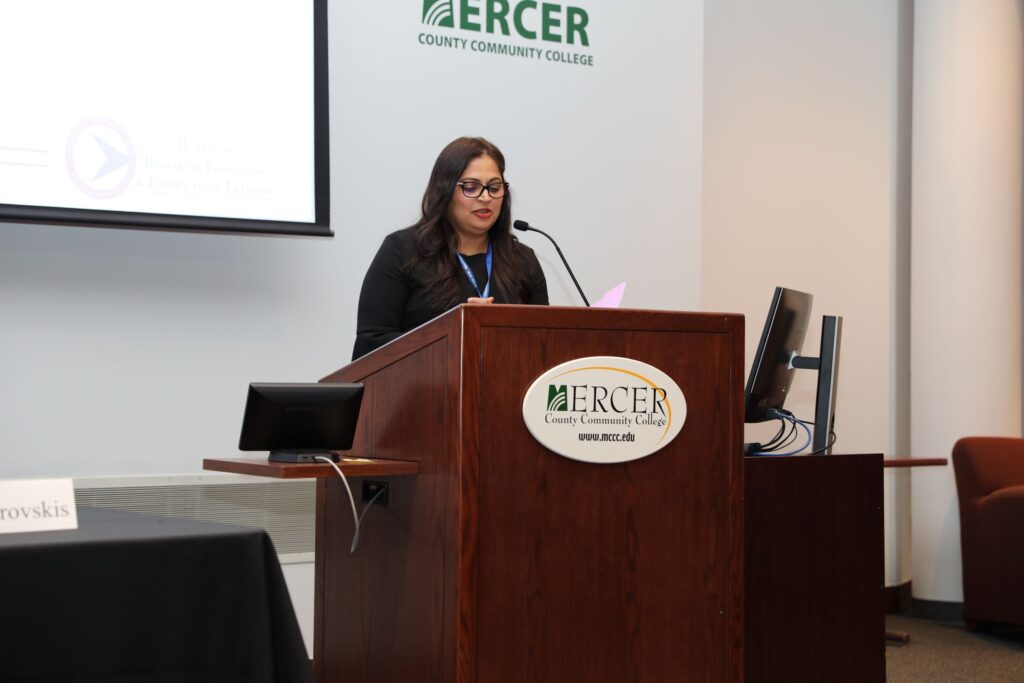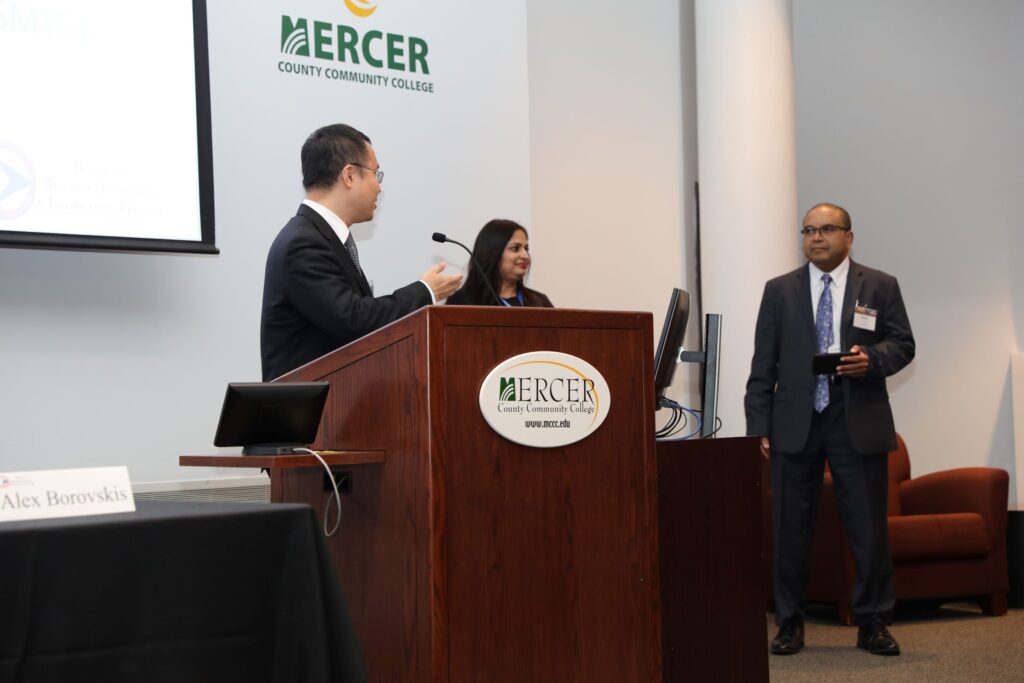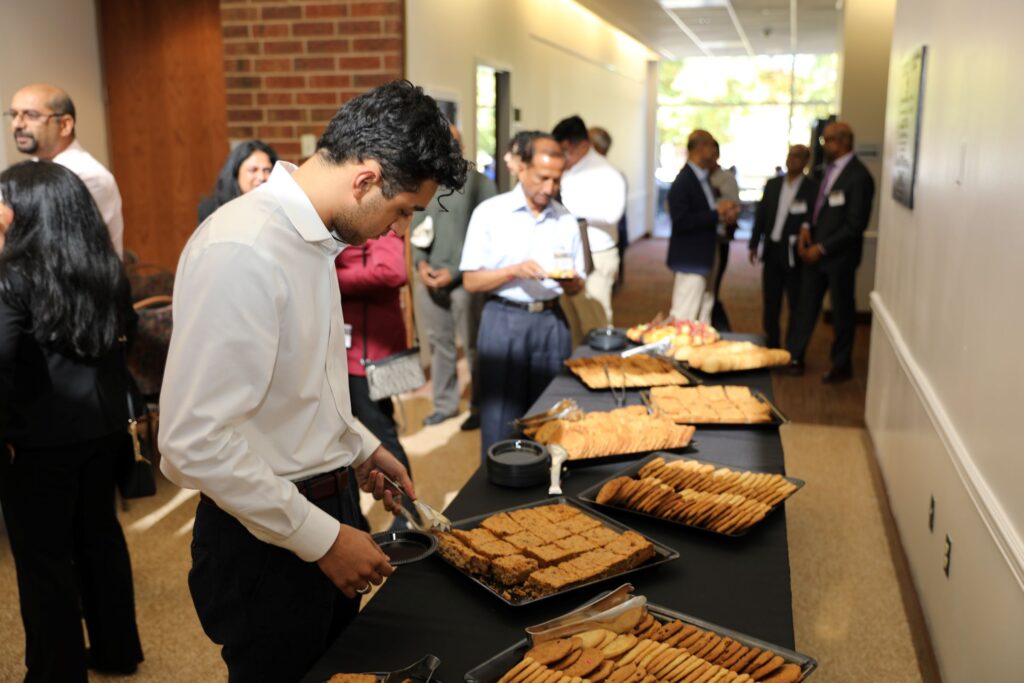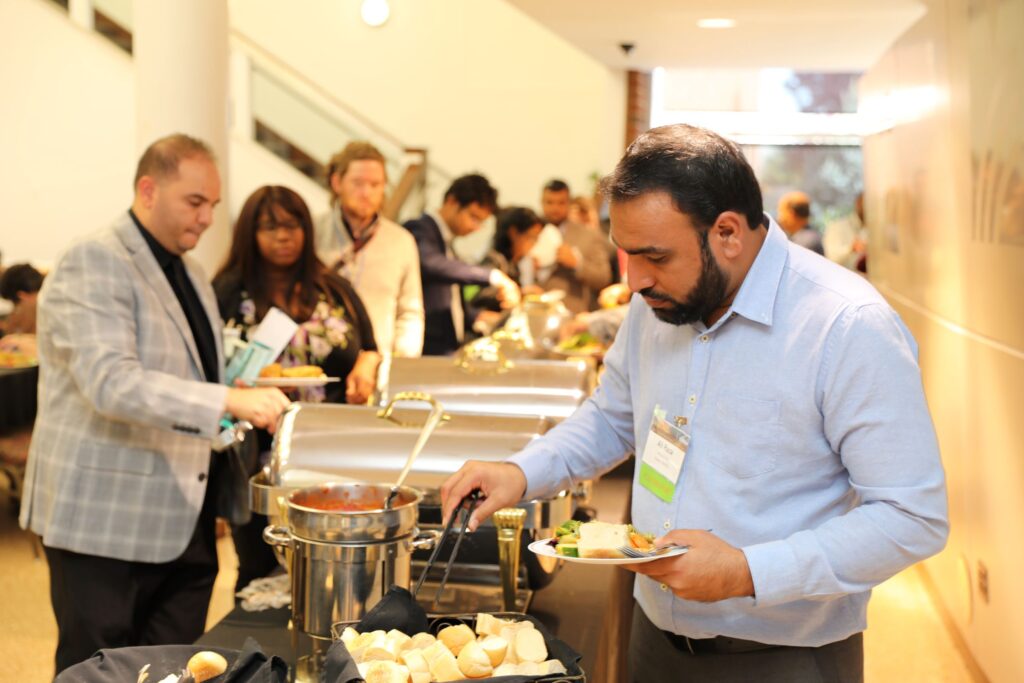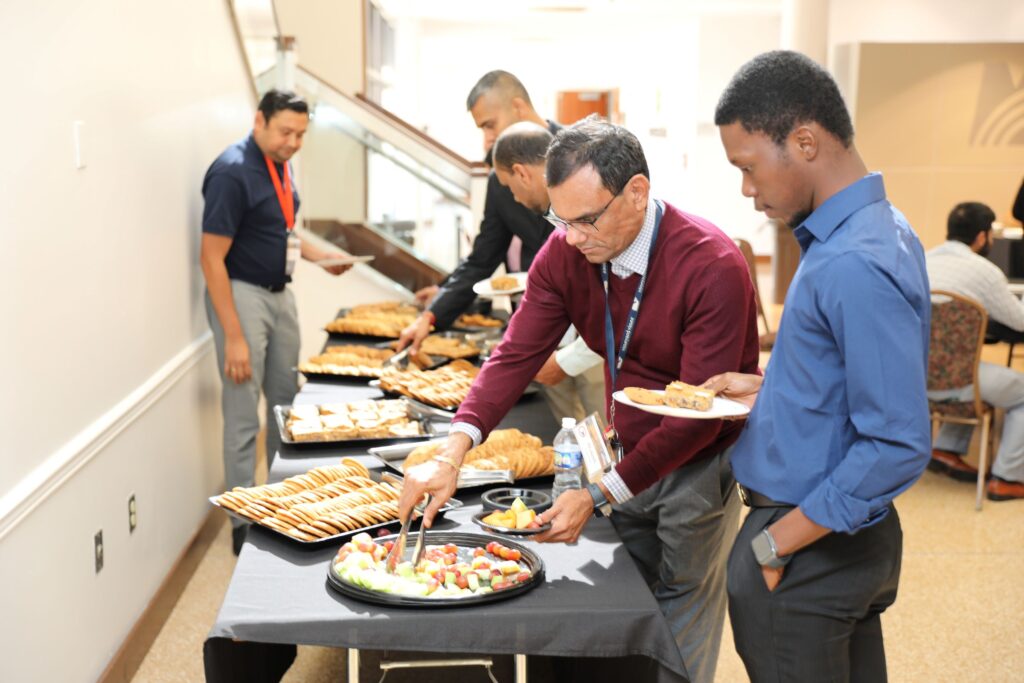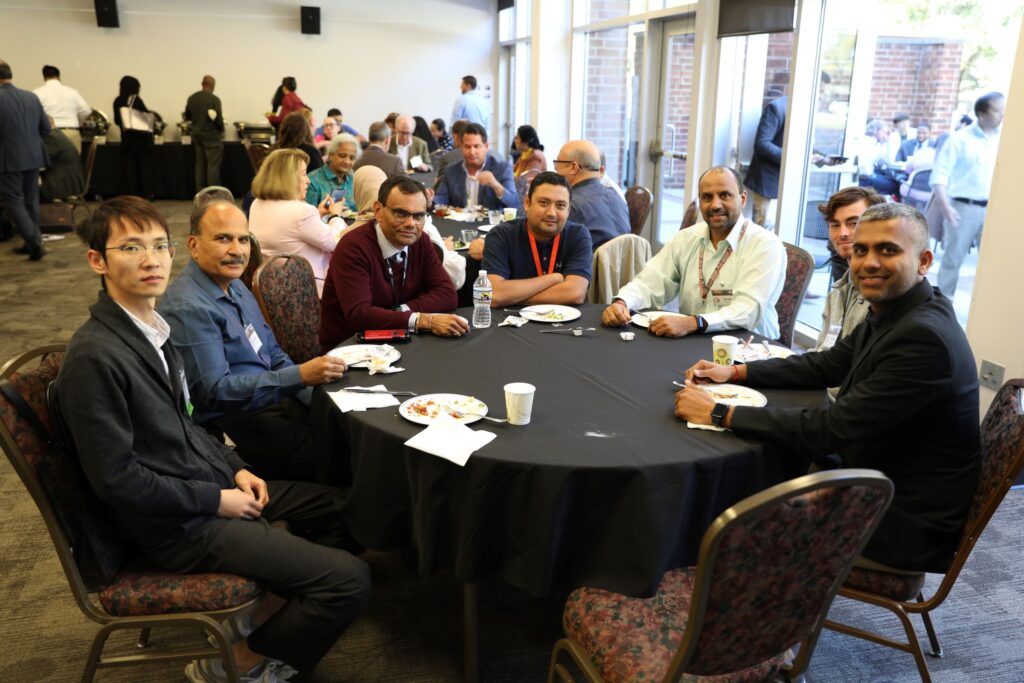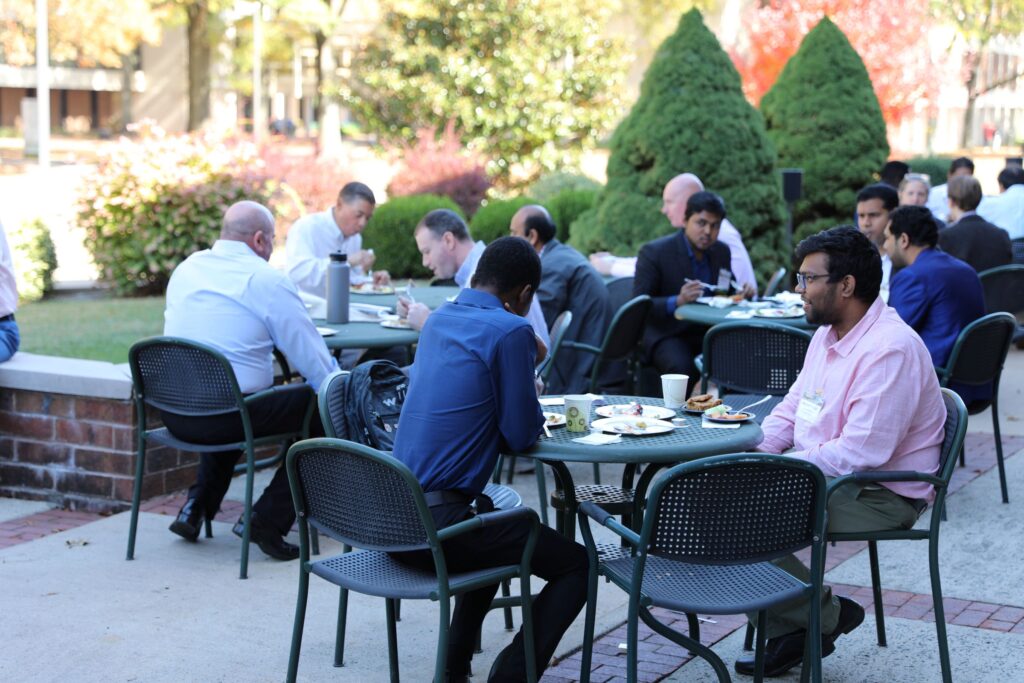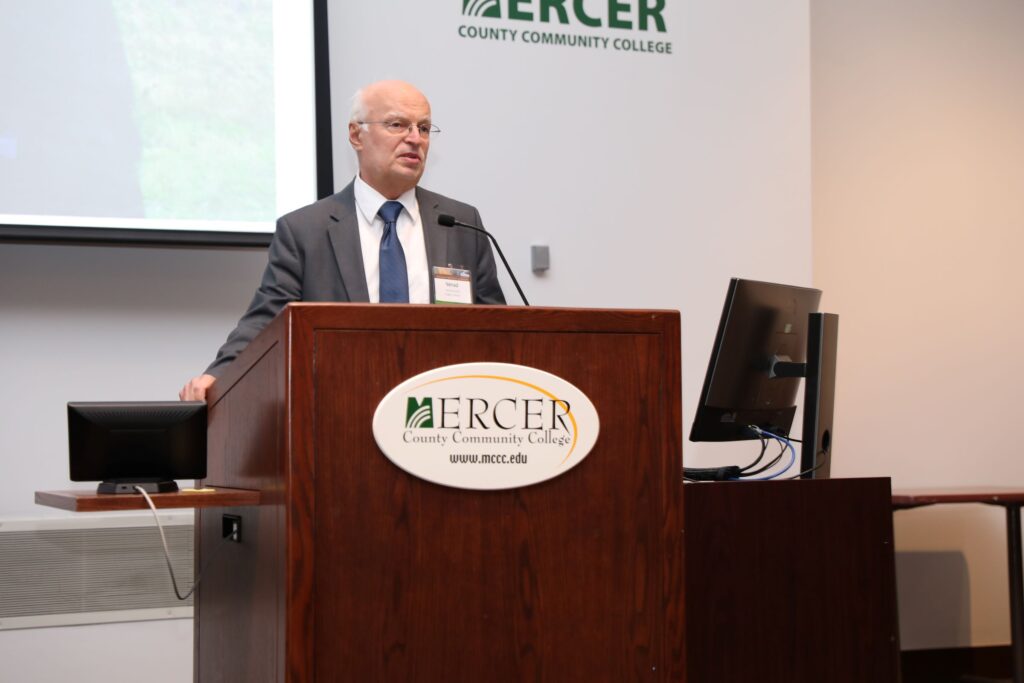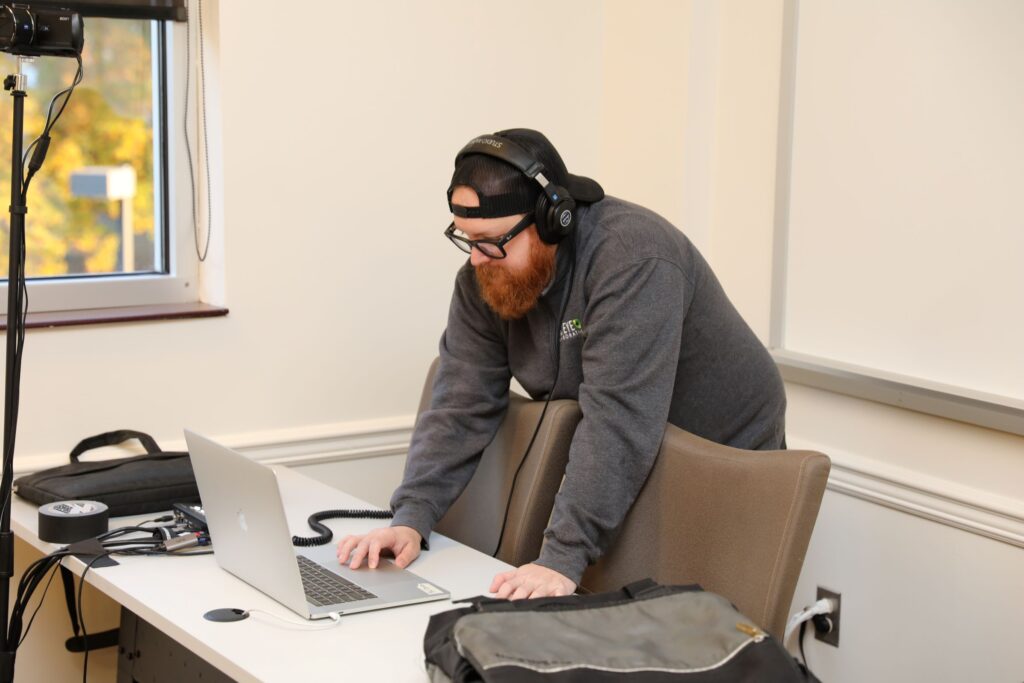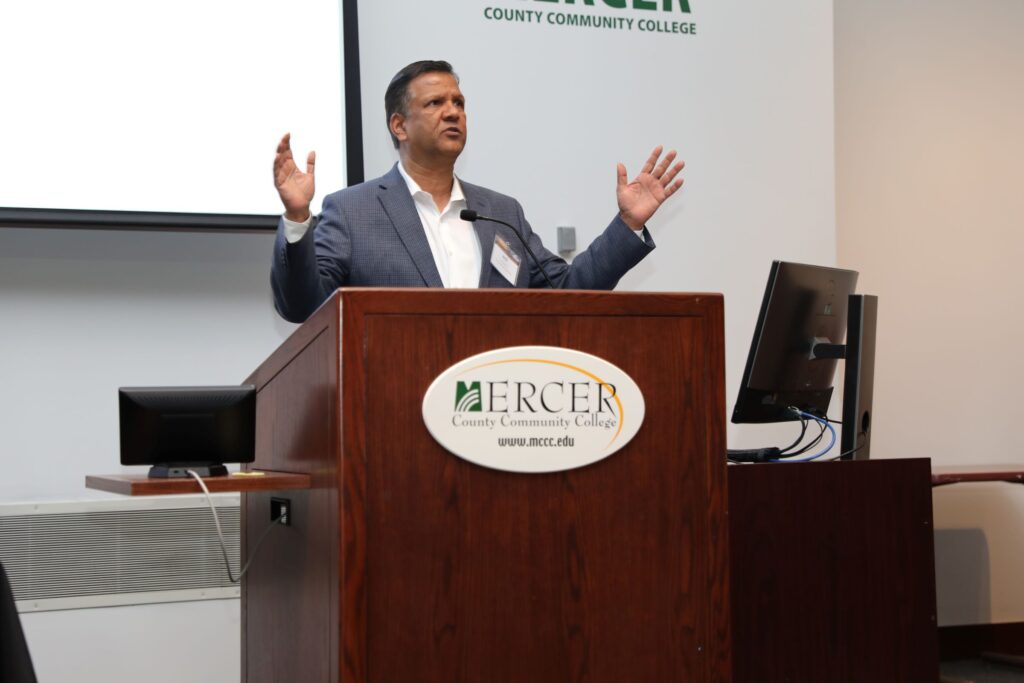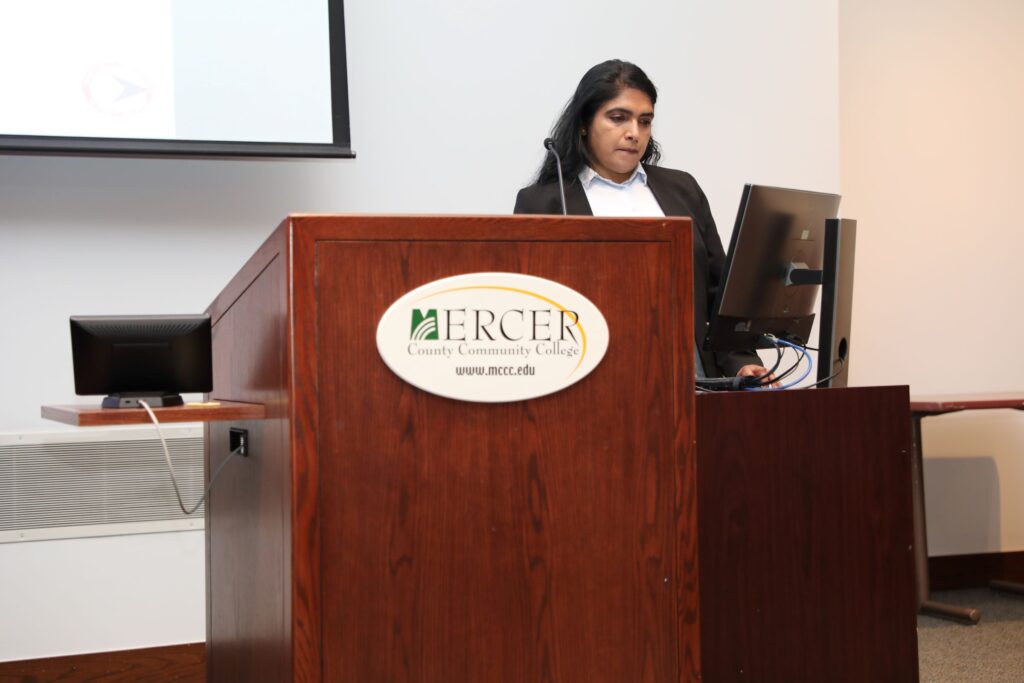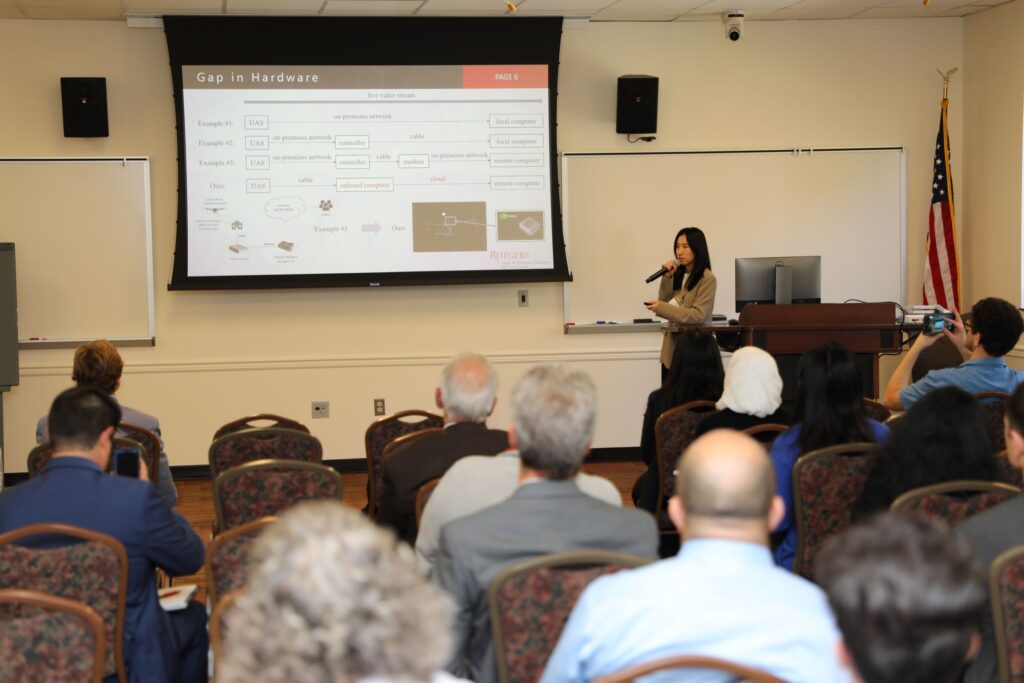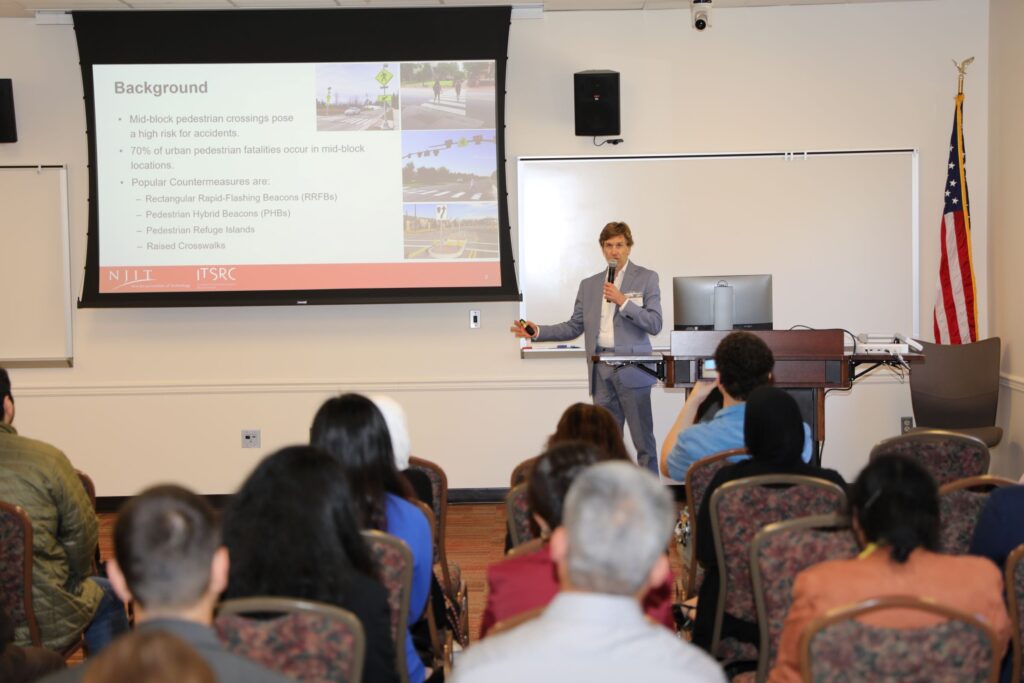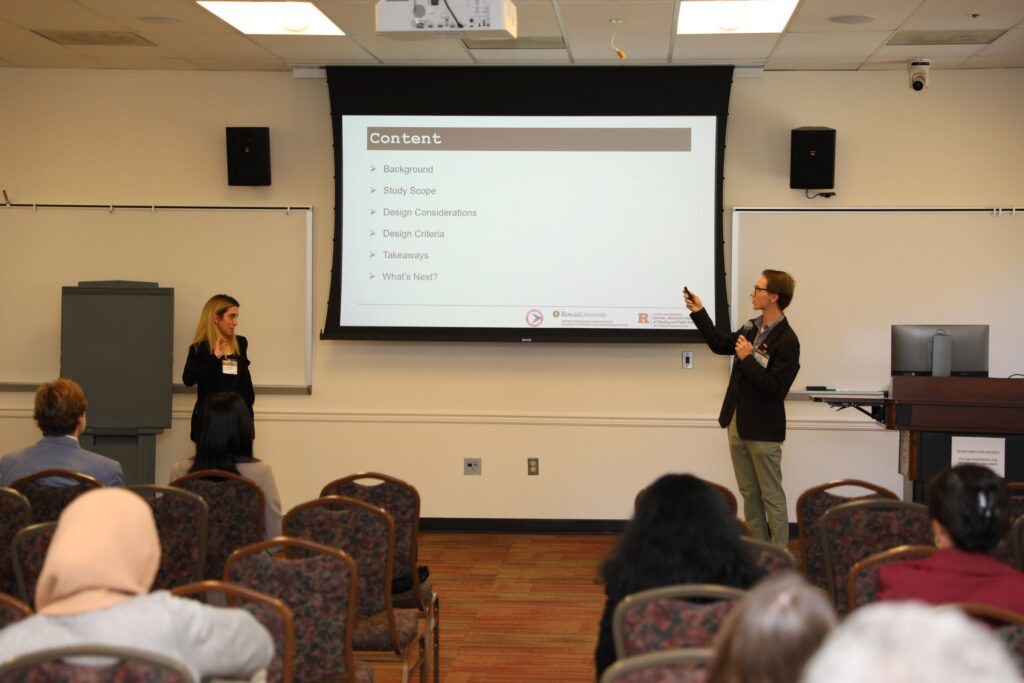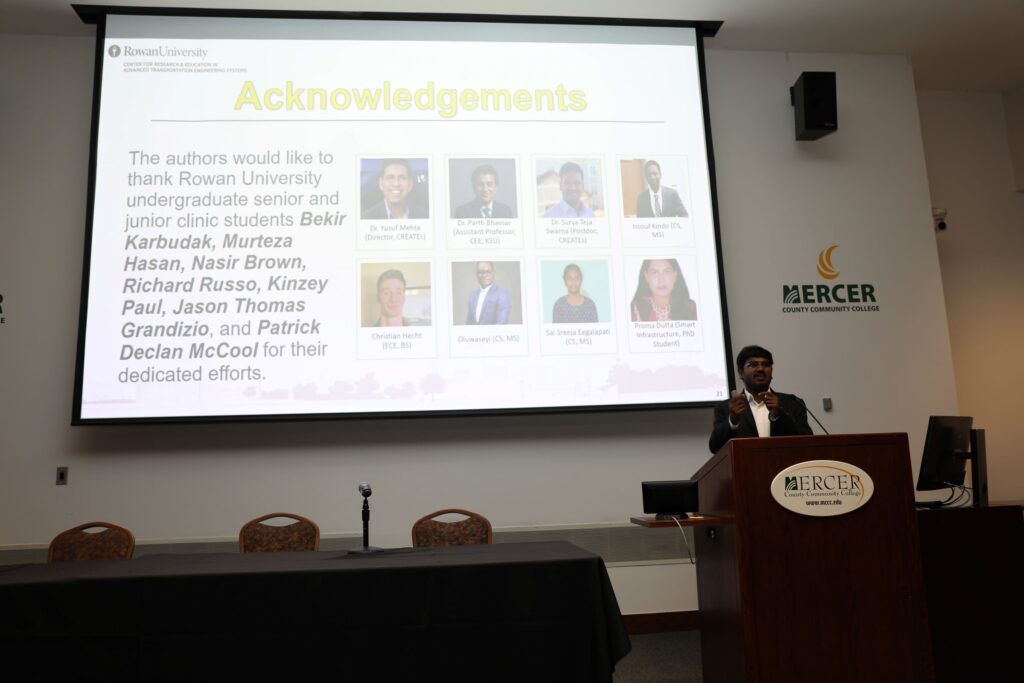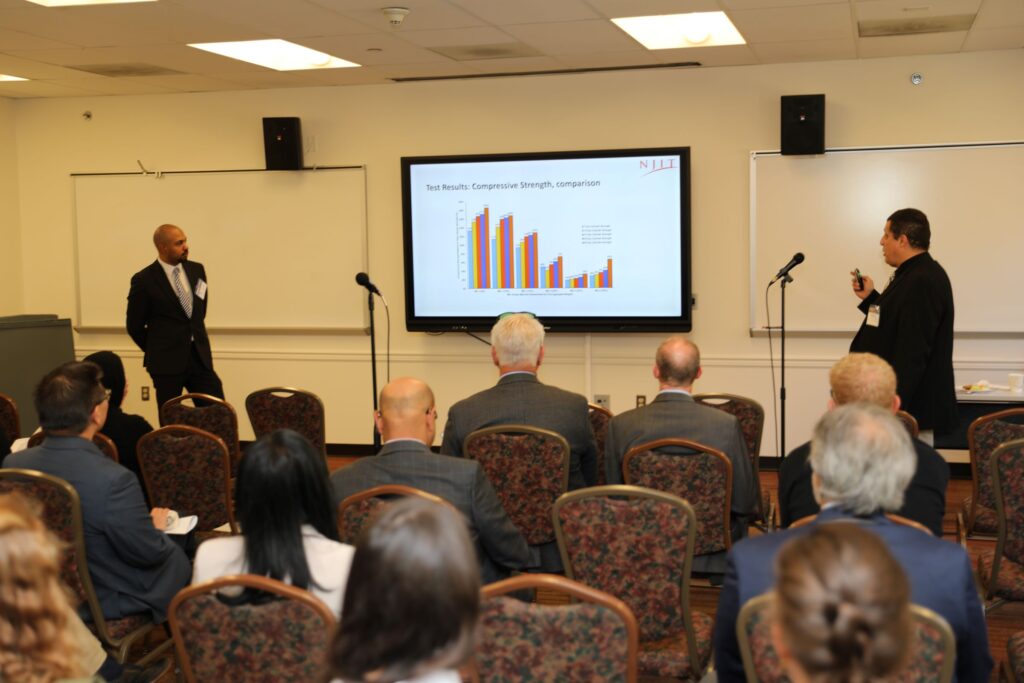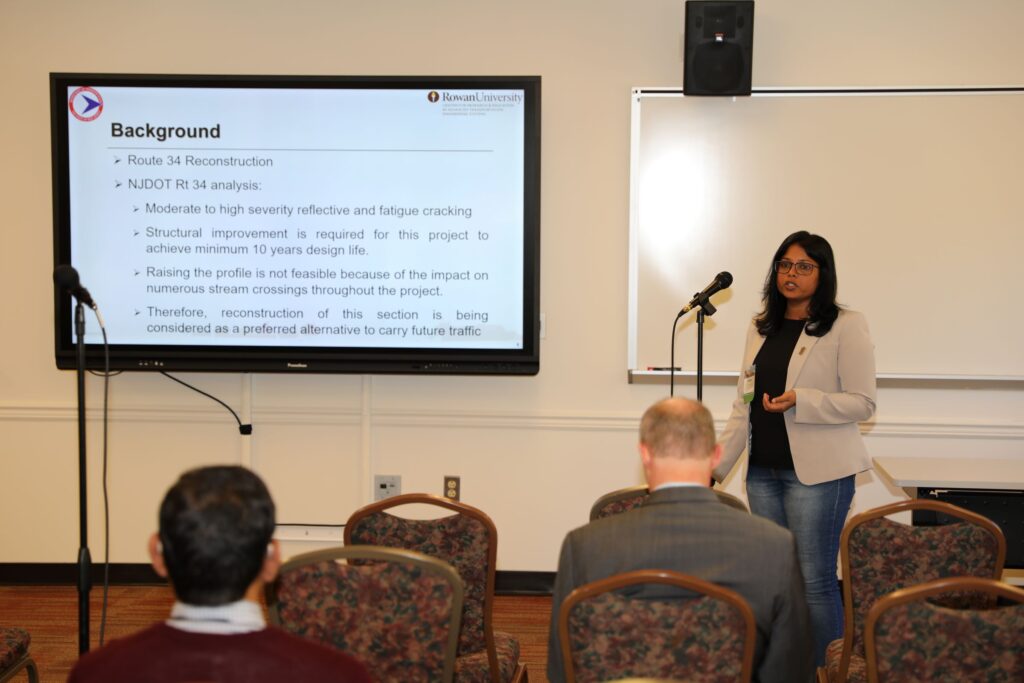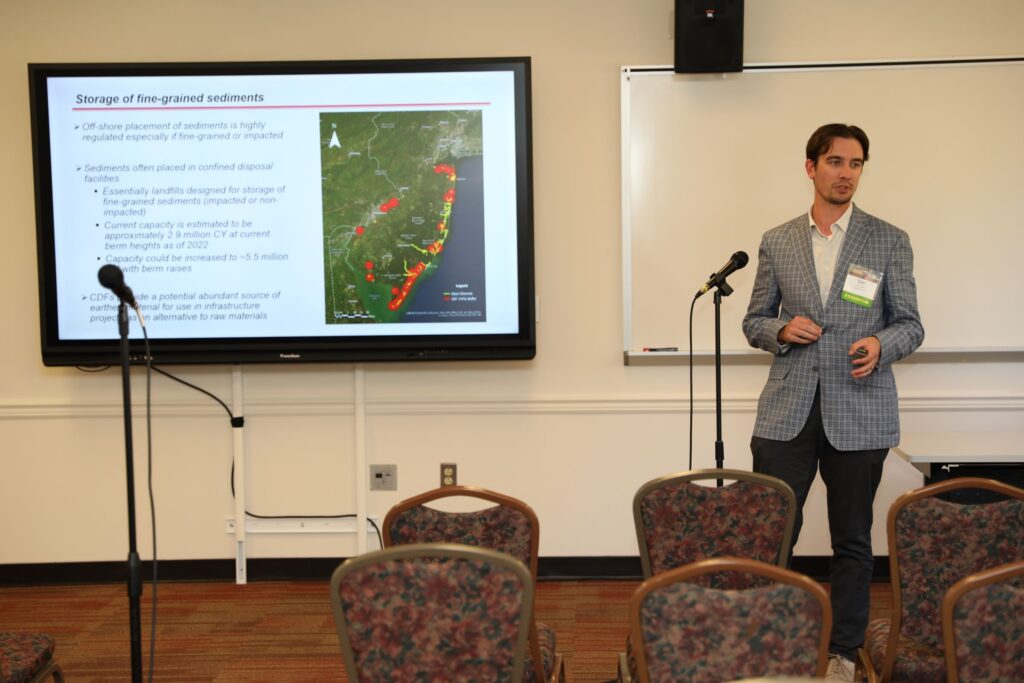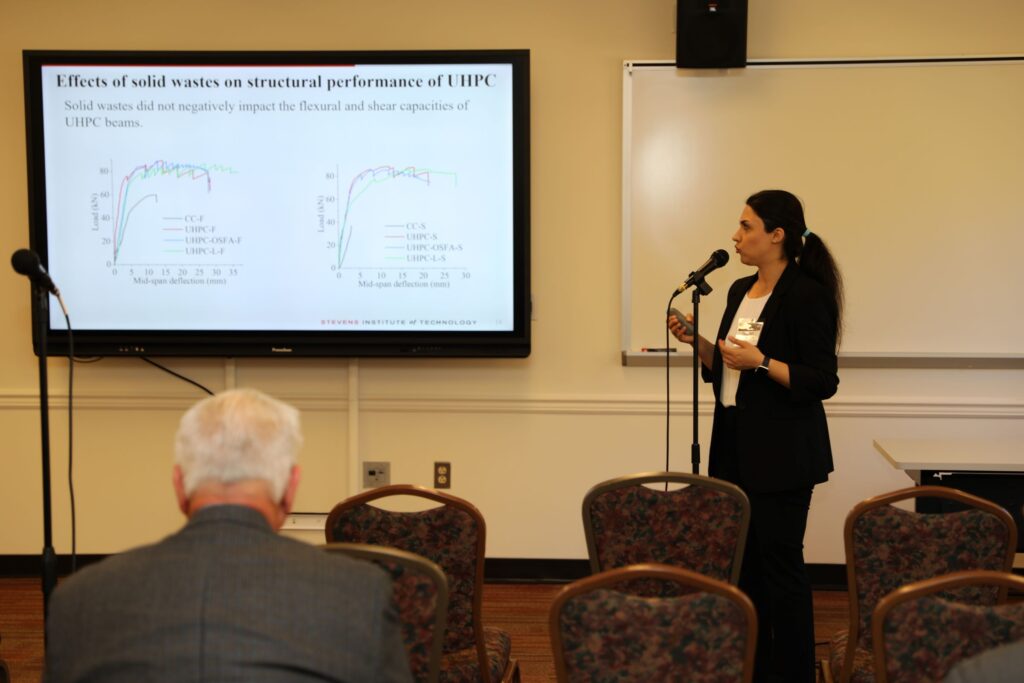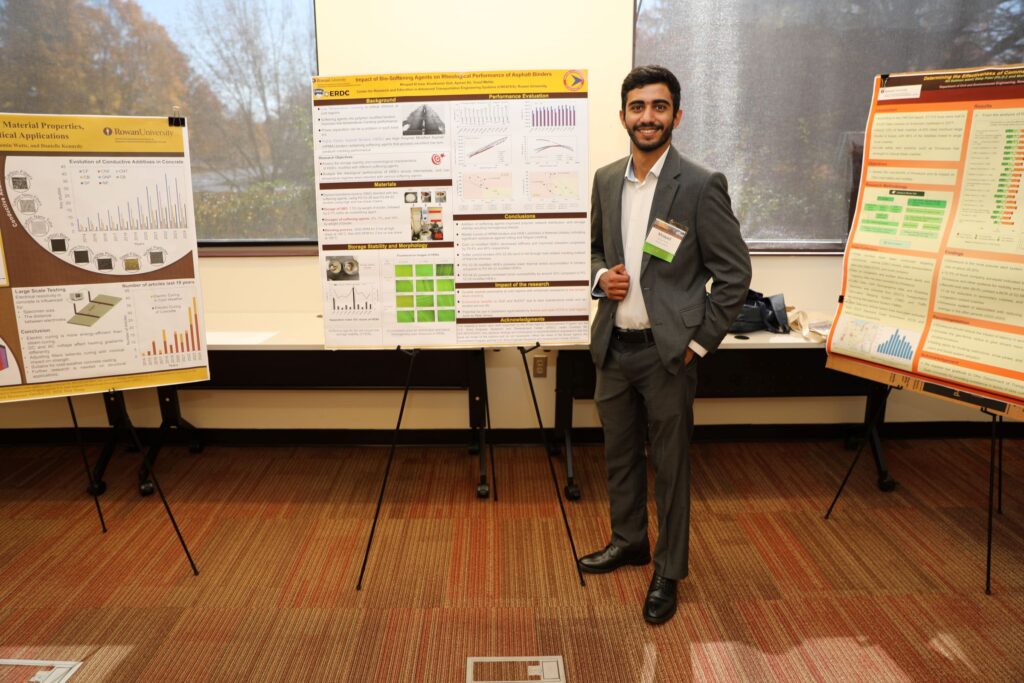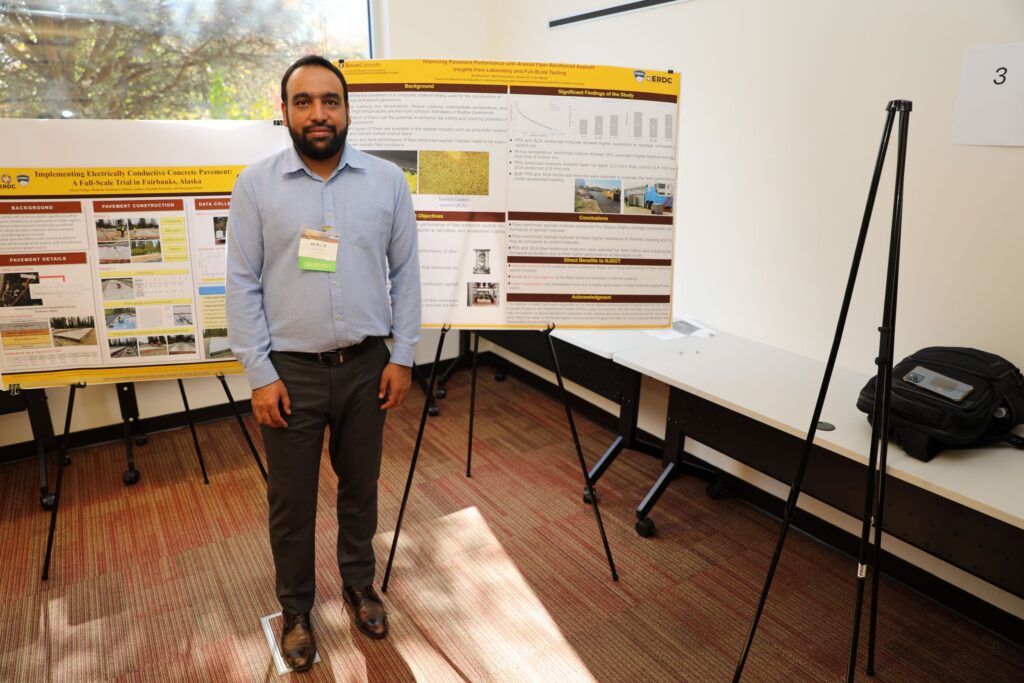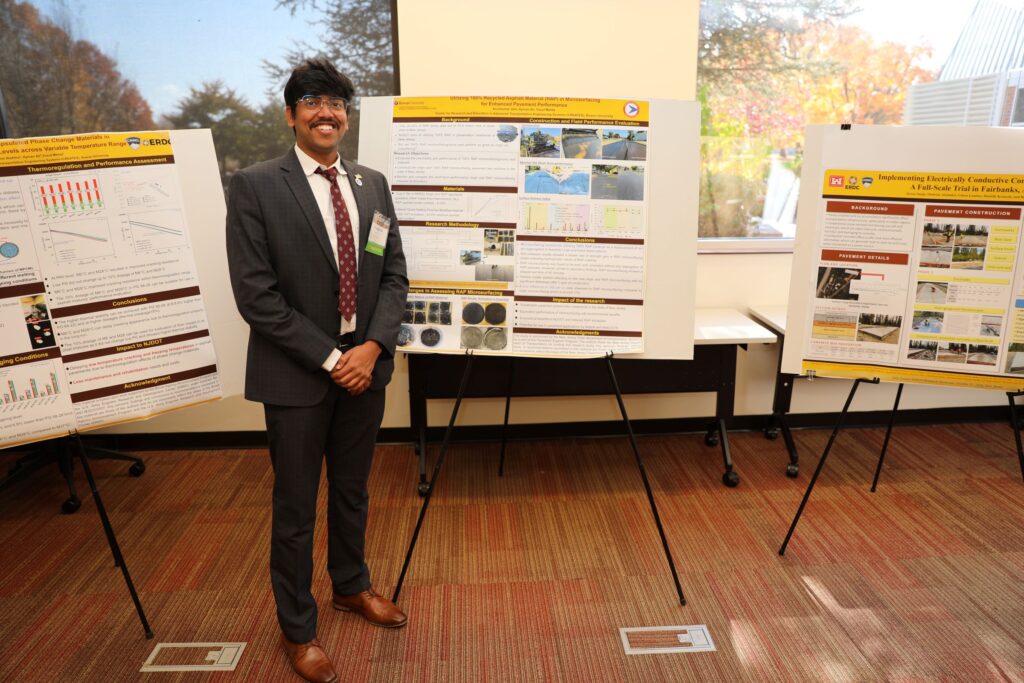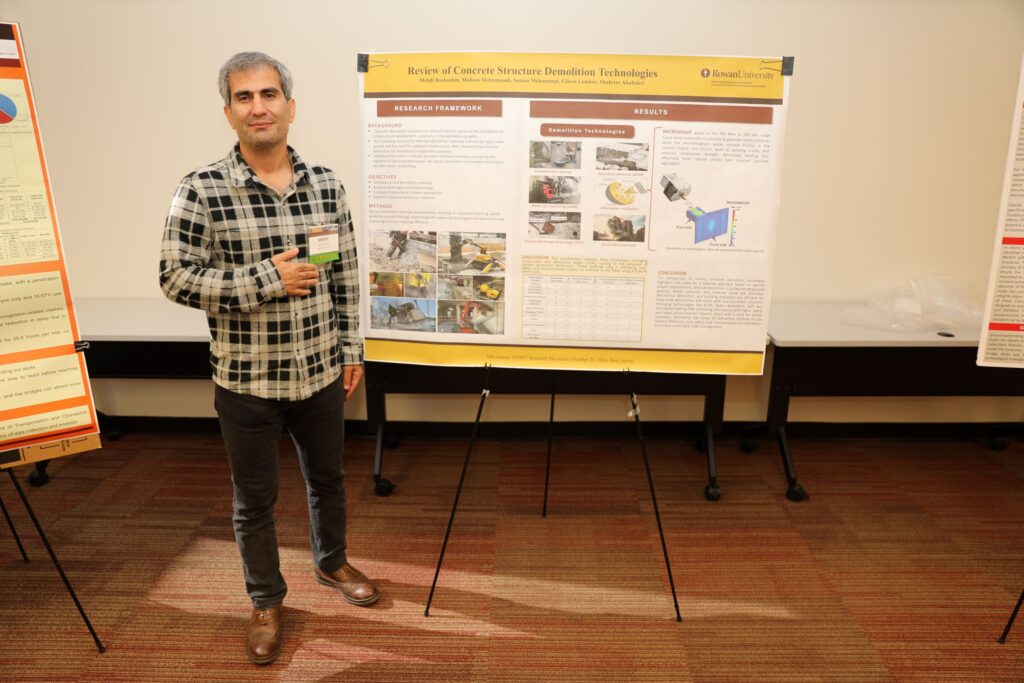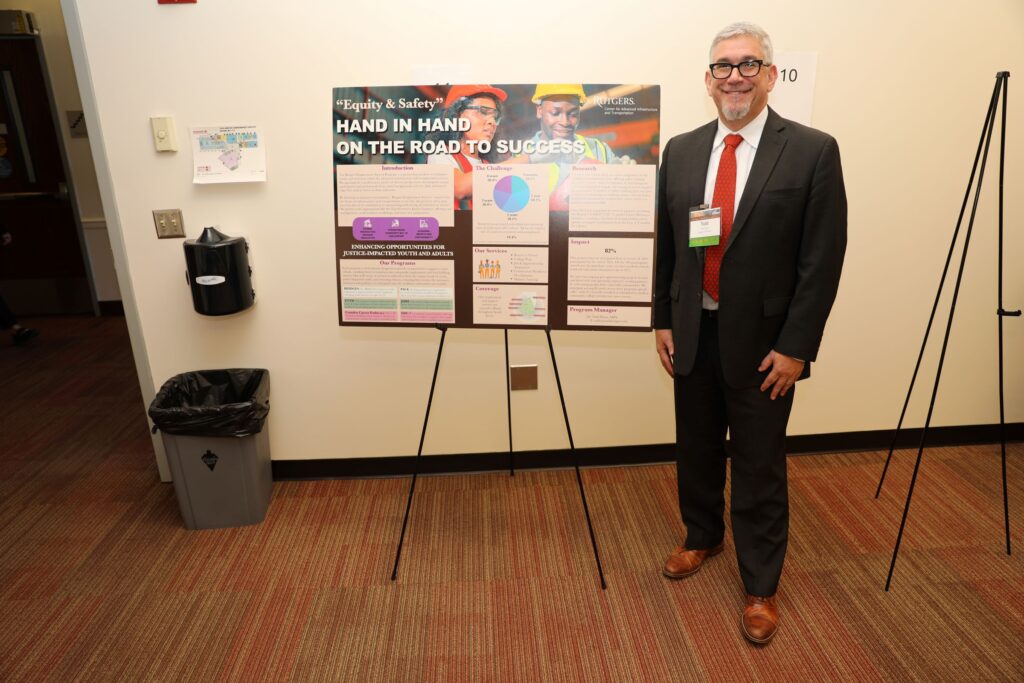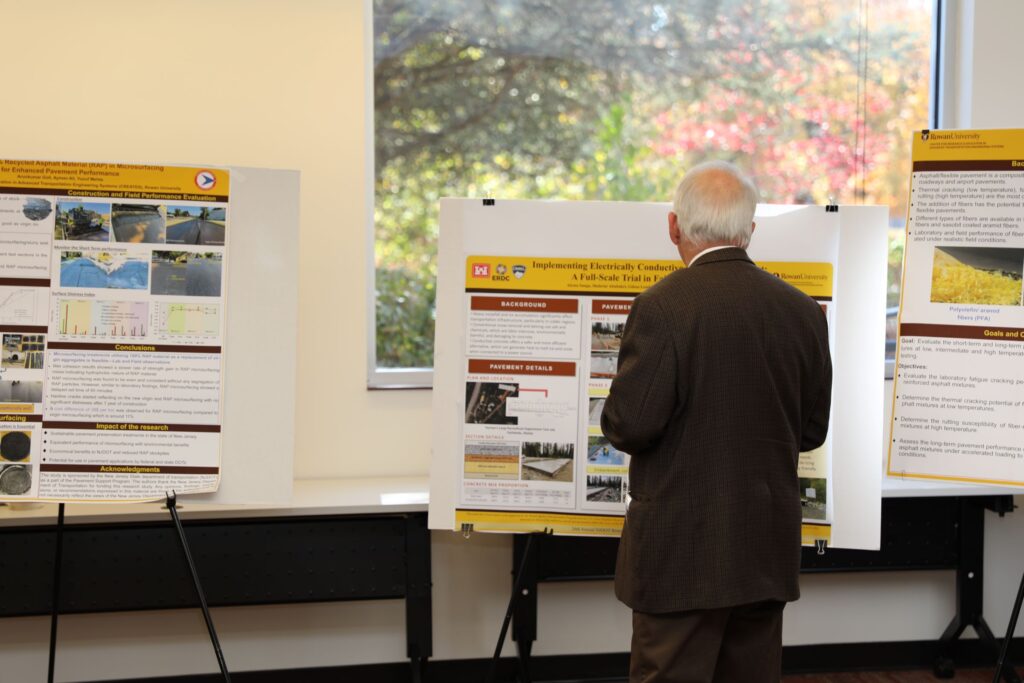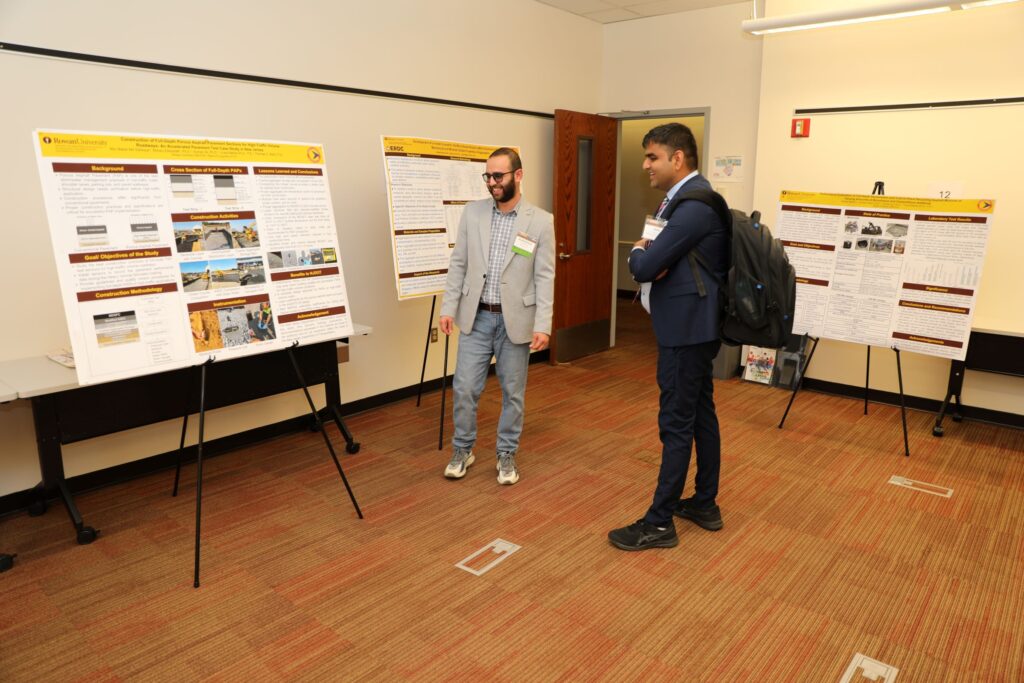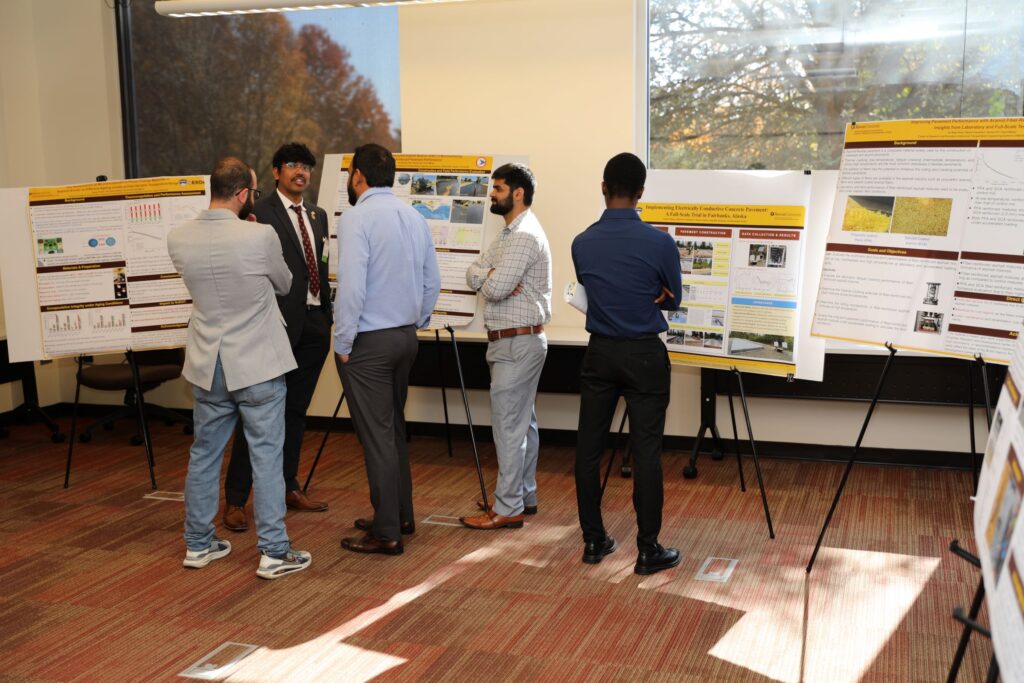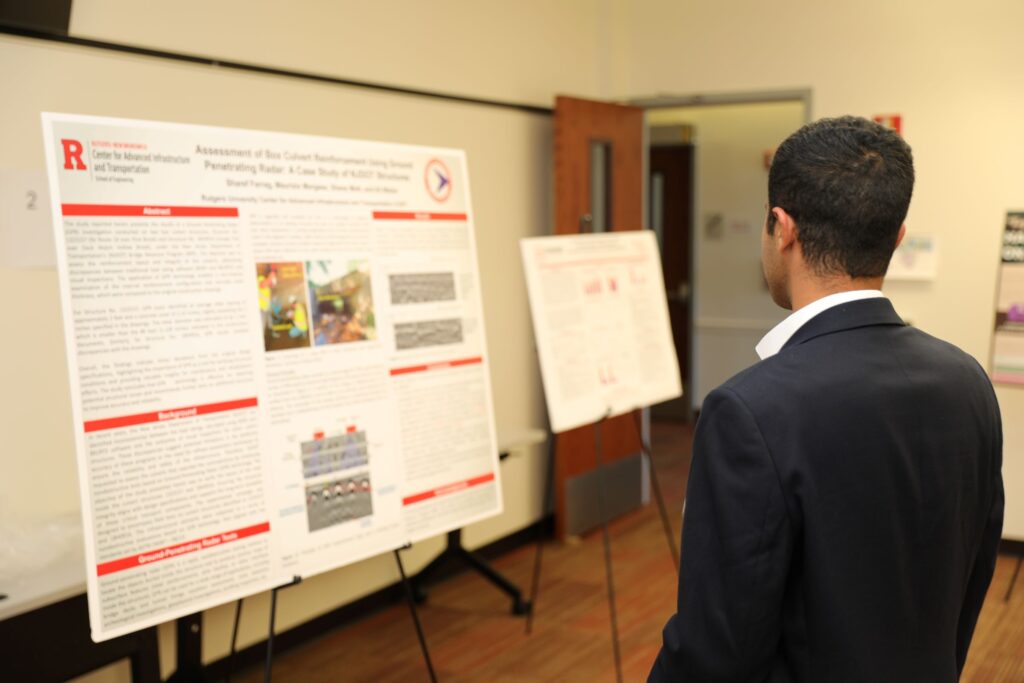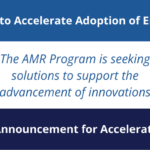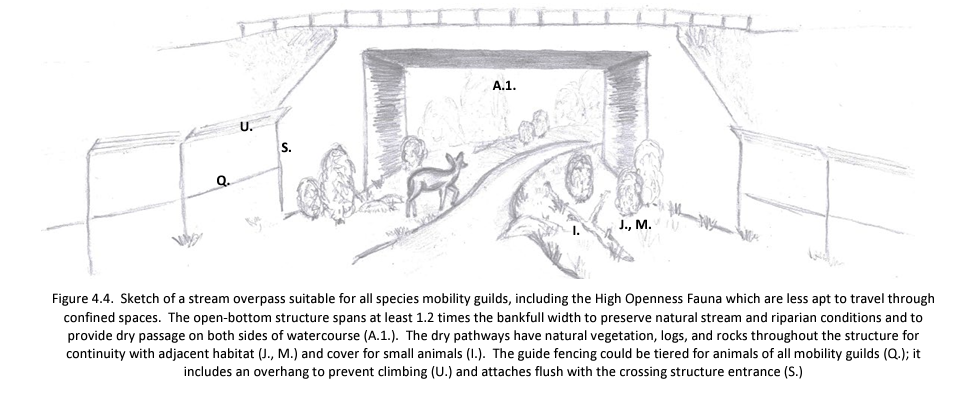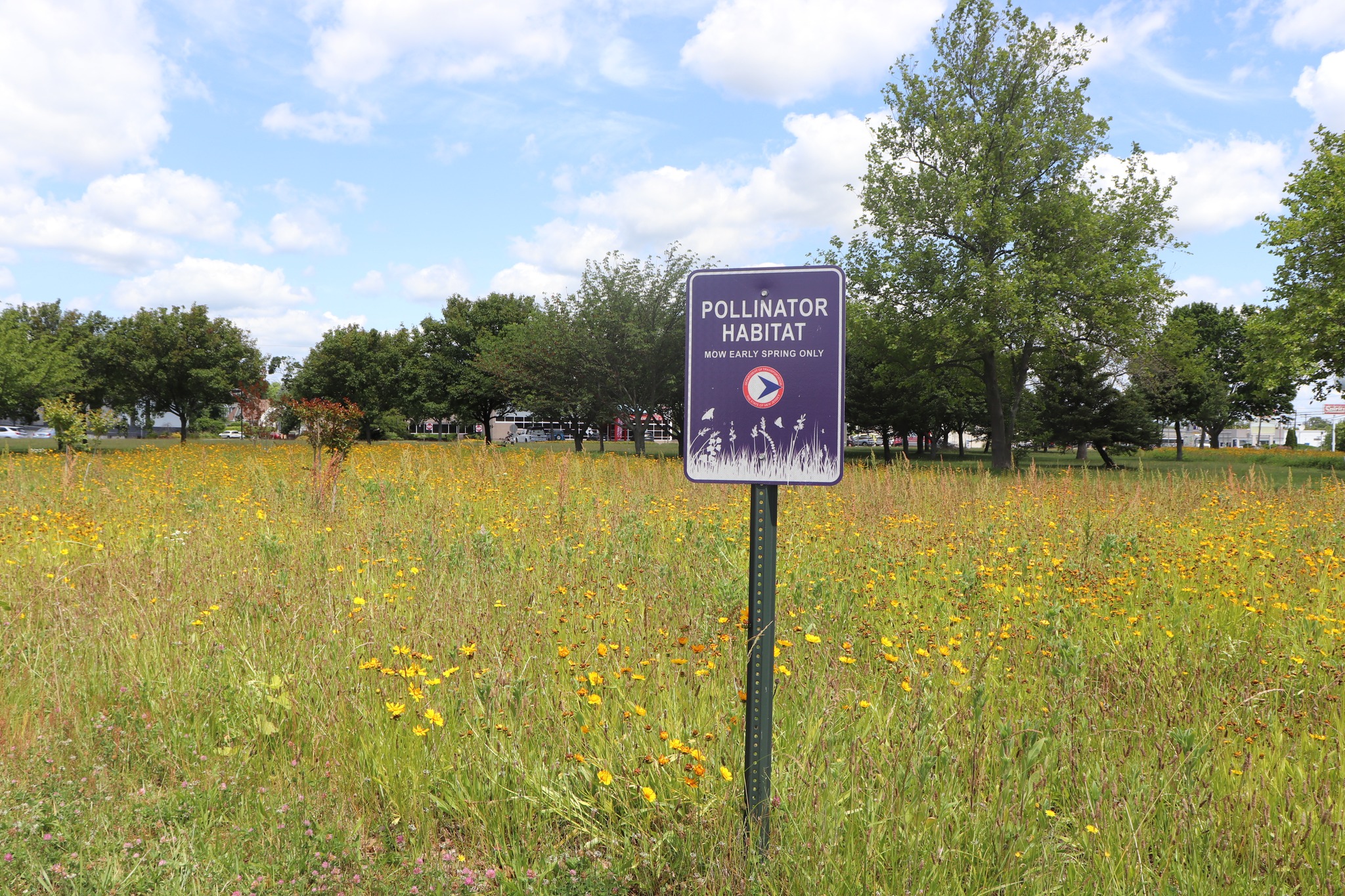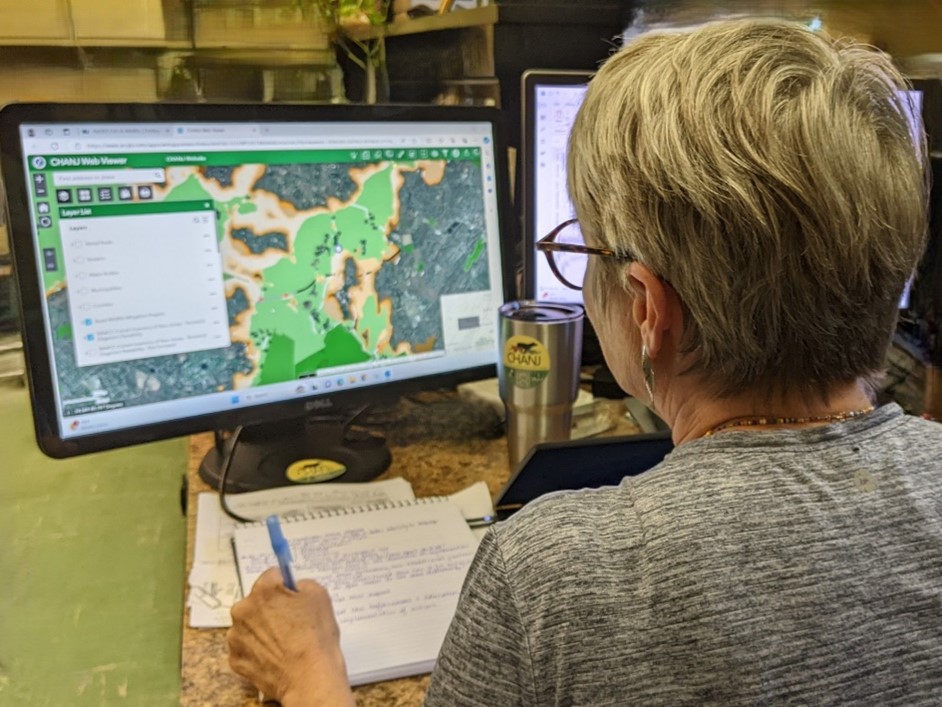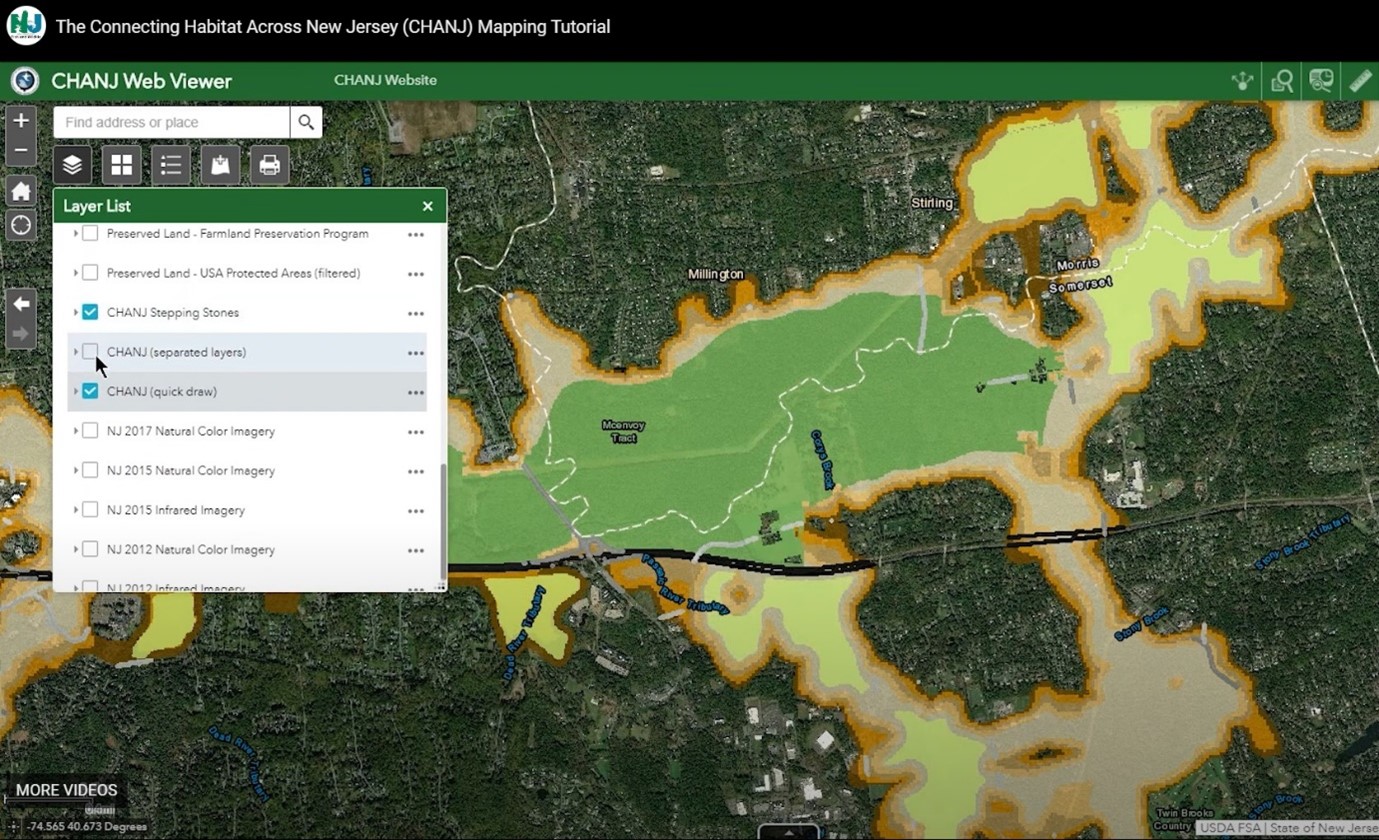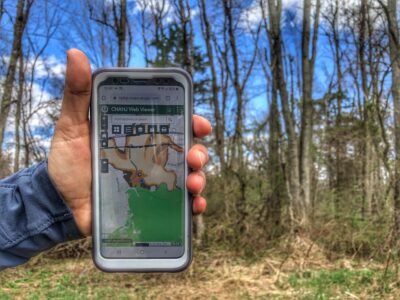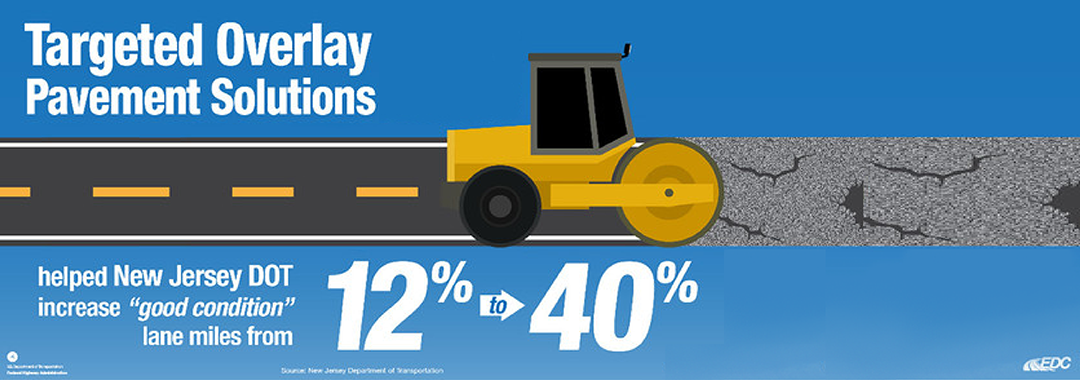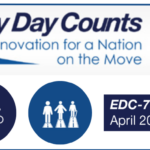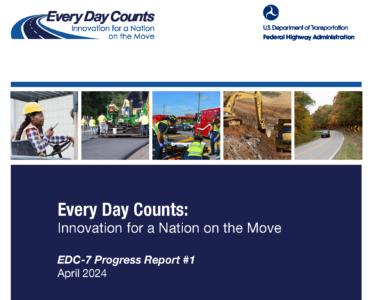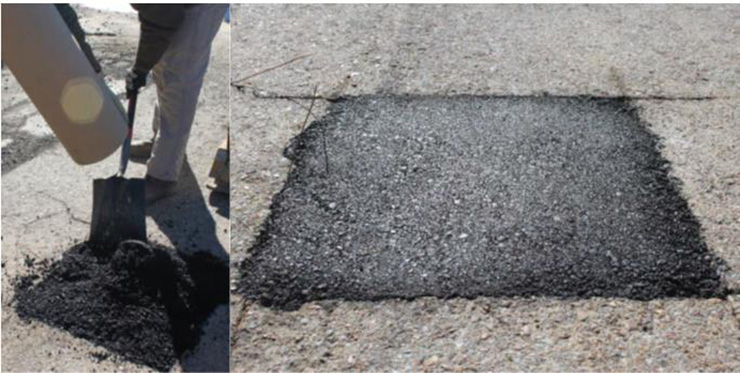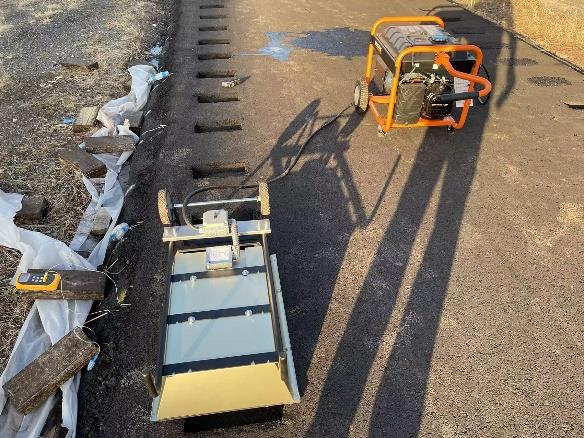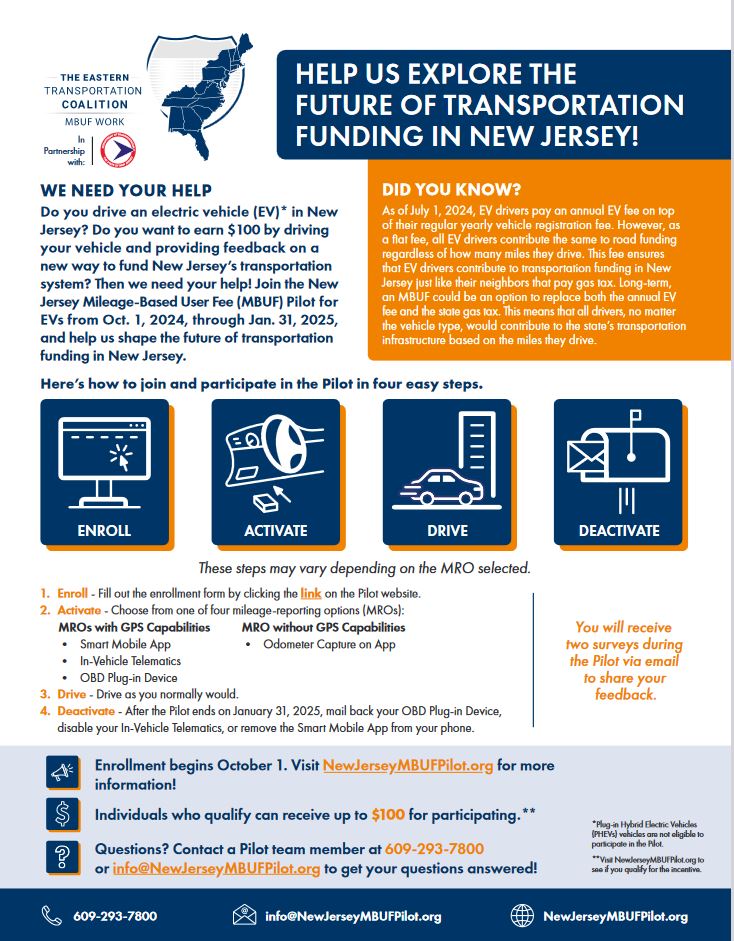For over 45 years, the Transportation Pooled Fund (TPF) Program has made it possible for public and private entities to combine resources for high‑priority transportation research. By pooling funds and expertise, participating organizations can support research that can lead to innovative solutions at a lower cost to agencies and extend the reach of their research budgets.
State DOTs often fund TPF Program studies using State Planning and Research (SP&R) funds, which can be applied to transportation studies as well as research, development, and technology (RD&T) transfer activities.
We spoke with Dr. Giri Venkiteela, Innovation Officer in the Bureau of Research, Innovation and Information Transfer (BRIIT), to learn about NJDOT’s recent involvement with the Transportation Pooled Funded Program.
Q. What is the primary goal of Transportation Pooled Fund (TPF) Program?
A. The Transportation Pooled Fund Program, or TPF, makes it possible for state DOTs, the Federal Highway Administration (FHWA), and other organizations to partner when there is a shared interest in solving a transportation-related problem. Partners contribute funds and other resources to cost-effectively address problems through research, planning, and technology transfer activities.
The FHWA administers the TPF Program. Only the FHWA or a State DOTs may initiate and lead a pooled fund study. Local and regional transportation agencies, private industry, foundations, and institutes of higher education can partner with sponsoring agencies to conduct pooled fund projects.
Q. What is your involvement with the TPF Program?
A. I work in NJDOT’s Bureau of Research, Innovation and Information Transfer (BRIIT) and serve as the Transportation Pooled Fund Program’s project manager, or coordinator on behalf of NJDOT. Among my responsibilities, I disseminate information about new “open” solicitations for projects from sponsoring agencies to NJDOT’s subject matter experts (SMEs) to gauge their interest in participation. Sometimes NJDOT SMEs or our customers — who network with their peers at other agencies — will hear about an upcoming or worthwhile project and ask that I monitor its status so that NJDOT can join as a partner once the project is posted. Depending on the topic, I may also serve as the agency’s SME on a particular project.
Q. How does NJDOT select project topics from “open solicitations” to join through the TPF Program?
A. The FHWA pooled funded website is publicly available and anyone can view the many “open solicitations” for projects that seek funding. We have a research budget that can and does support participation in pooled funded studies, but we also must set-aside funds and commit to the projects we join for several years over the lifetime of the research. Our budget is not a static number but dynamic. The amount that we can commit depends on how many projects NJDOT is interested in joining.
BRIIT’s Research Manager works with leadership in departmental units seeking funding to ascertain the value potential of individual projects and I offer my advice during this process as a member of BRIIT.
Q. How do NJDOT staff participate in these studies, and what are the requirements for participation?
A. The NJDOT unit managers need to assign an SME for the research project study. I serve as the research program manager but we need to have an SME who is interested in being the participant. I coordinate with FHWA on our financial commitment and make sure the FHWA website is up-to-date with our participation.
Once the project receives the necessary financial commitments, the lead state is responsible for the administration of the research project, which may include the selection of universities or contractors to perform the research.
Once we all contribute the money, the project proceeds like a regular research project. The lead state holds quarterly meetings, prepares quarterly progress reports and disseminates the research. They keep the various participating agencies informed of progress. The lead state uploads progress reports to the FHWA’s website and the states will have their own websites to share project reports, latest news and other tools.
If SMEs or other researchers want to know what’s going on in any particular quarter, they can find the information that is shared. Our SMEs may also be involved in the development of a scope of work and, over the course of the project, may have specific needs that they would like for the selected research team to address — for example, such as thorough testing of materials.
Q. What are some examples of successful pooled funded studies and their outcomes that NJDOT has joined?

A. The Midwest Roadside Safety Pool Fund program is a fantastic pooled fund study where a lot of crash testing of roadside barriers with different materials has been performed. The costs for such testing would be difficult for one state to bear so it makes sense for the states to come together so that more testing can be done. In this case, Nebraska DOT leads the research. Back in 1990, three Midwestern states started this pooled funded research effort, but it has grown to now include 22 lead and partnering states. The participating state DOTs collaborate with the Midwest Roadside Safety Facility at the University of Nebraska-Lincoln. So, if our SMEs see a new design or material that needs testing, they can put this request forward through this study.
The Clear Roads Winter Highway Operation — now in its third phase — is another great example. The Clear Roads pooled fund project began in 2004 with four members interested in snow clearance and related issues. The project performs real-world testing of winter maintenance materials, methods, and equipment and has grown to include 39 participating states. The Minnesota’s DOT leads the project, and was recently recognized with a TPF 2024 Excellence Award.
This is just a handful of examples — there are many others being driven by state DOTs, each of which have their own unique flavors.
I would also like to mention one non-state DOT sponsored research project. The Structural Behavior of Ultra High Performance Concrete project is led by the FHWA itself through its Turner Fairbanks Research Center. The project conducts various experiments with UHPC. Every state wants to know what is happening with this relatively new material. The project objective is to develop knowledge on the structural performance of UHPC materials in highway bridges and structures. The test results are expected to inform proposed structural design guidance for UHPC components and support usage of UHPC by interested DOTs.
Q. How are the results and findings of these studies disseminated to the participating agencies, public or other stakeholders?
A. Some projects are ongoing like the Midwest Roadside Safety study. Information is flowing through their research hub with project reports and other materials posted on their website along with information on conference presentations, trainings, and newsletters. If you need any information, it will be conveyed through the program.
But for some pooled fund projects, they need to implement some of the tools that they are developing so that is how they would come to contact the states, such as to have something tested or looked at. The first priority would be given to the states that are participating in the pooled funded study.
For FHWA, if something new comes out of the pooled funded study, I think they may elevate the innovations into other areas such as through the Every Day Counts Program.
Recently FHWA started a pooled fund excellence awards to highlight the importance of collaboration and partnership in transportation research and encourage states to participate. Actually, I participated as a judge last year. We selected two projects for the inaugural TPF Excellence Awards. I already mentioned the Clear Roads Winter Maintenance Research project. The other award was given for an Indiana DOT project, Member-Level Redundancy in Built-up Steel Members, which led to new AASHTO Guide Specifications.
Q. How do NJDOT SMEs who are participating in the pooled funded studies share what they have learned?
A. We have started to ask that the SMEs share a short yearly progress report that reflects upon what they may be learning. Since NJDOT is obligating funding, we need to have some kind of justification for the commitment. The reporting can help us consider the benefits of the research or innovations being advanced, and to consider some of its possible implications for NJDOT practices.
With a good and continuing dialogue with our SMEs, we should be able to determine if it makes sense to have the SMEs speak at a future NJ STIC meeting to share what they are learning and convey what is innovative about the pooled funded study’s research.
Q. Do you foresee opportunities for having selected researchers from funded projects for which NJDOT was a partner share their findings with NJDOT employees such as at a Tech Talk?
A. The SMEs are well-positioned to help us to identify whether it might make sense to invite a researcher from the study to speak. They can help identify how best to promote and disseminate the research and innovation through some other activity.
Q. Has NJDOT served as the lead organization on pooled funded research? Are there projects that NJDOT would like to lead?
A. We have not led a pooled funded research project yet, although we had some initial plans to do so before the pandemic. At this point, we think it may be more productive to join as a participating organization. We think serving as participating organization may be a cost-effective way to direct some of our funds and have our SMEs connected to meaningful research.
Of particular note, we just joined the Northeast Transportation Research Consortium (NTRC), a pooled funded study for our AASHTO Region 1, that will support peer exchange activities. The effort seeks to enhance member state collaboration in solving our common problems. This is a pooled fund initiative that is just getting launched and is led by Vermont DOT. NJDOT is one of the six participating state DOTs in the Northeast.
Q. Are there any other projects that are you are thinking of joining at this time?
A. Yes. This is an ongoing process. There are a few projects that we are considering. Solicitations can pop up throughout the year.
Resources
National Cooperative Highway Research Program. 2023. “TPF: Transportation Pooled Fund” (website). https://www.pooledfund.org/
National Cooperative Highway Research Program. 2024. “Transportation Pooled Fund – Open Solicitations” (web page). https://pooledfund.org/Browse/open
National Cooperative Highway Research Program. 2024. “Clear Roads Phase II” (web page). https://pooledfund.org/Details/Study/604
National Cooperative Highway Research Program. 2024. “Midwest Roadside Safety Pooled Fund Program” (web page). https://pooledfund.org/Details/Study/653
National Cooperative Highway Research Program. 2024. “Structural Behavior of Ultra-High Performance Concrete” (web page). https://pooledfund.org/Details/Study/695
National Cooperative Highway Research Program. 2024. “TPF: National Transportation Research Consortium (NTRC) (website). https://pooledfund.org/Details/Study/783
National Cooperative Highway Research Program. 2024. “Member-level Redundancy in Built-up Steel Member” (web page). https://pooledfund.org/Details/Study/482
AASHTO. 2018. Guide Specifications for Internal Redundancy of Mechanically Fastened Built‑Up Steel Members. Washington, DC: American Association of State Highway and Transportation Officials.
AASHTO. 2018. Guide Specifications for Analysis and Identification of Fracture Critical Members and System Redundant Members. Washington, DC: American Association of State Highway and Transportation Officials.




